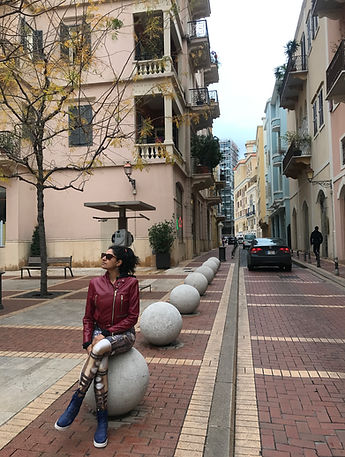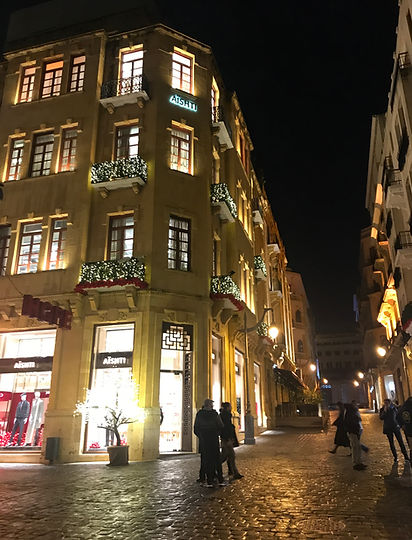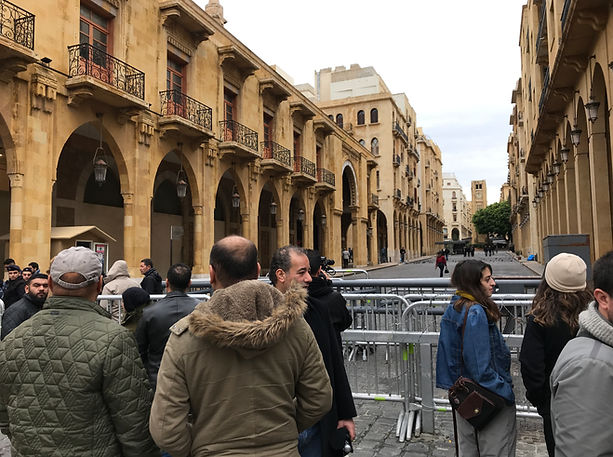Where are we now?
"Had to get the train, From Potsdamer Platz
You never knew that, That I could do that
Where are we now?, Where are we now?
The moment you know, You know, you know
As long as there's sun
As long as there's rain
As long as there's fire
As long as there's me
As long as there's you" David Bowie
Berlin is really its own thing! Different from every other city in the world, even 10 days didn’t seem enough in this super fascinating place. Berliners are a fun group of people who love living life to the fullest, and the city’s explicit, laid back culture and people complement each other in a way that reveals itself casually on the streets, stunning lakes and gregarious nightlife. Not to mention the city’s historical past all the way from the monarchs, Hohenzollern dynasty, the topography of terror created by the Nazi rule, Berlin wall & the reunification of the city as we know it today. Closely accompanying the historical events has been the evolving presence of art, where graffiti and street art capture the essence of dissent, expression and advocacy. Would I live here? Take that as hell, yes!




$1100 per person
10
days
13/08/23-23/08/23
Stay
-
Location: Centrally located
-
Rating: 3.5 out of 5
Food Much
Brunch
-
House of small wonder, known for their Japanese specials
-
44Brekkie, known for their delicious egg drops
Currency
Euros
Info on Tickets
Reduced entry applies on all tickets so if you're a student, ensure that you're carrying your student ID.
Nightlife
-
KitKat
-
Berghain
-
Sisyphos
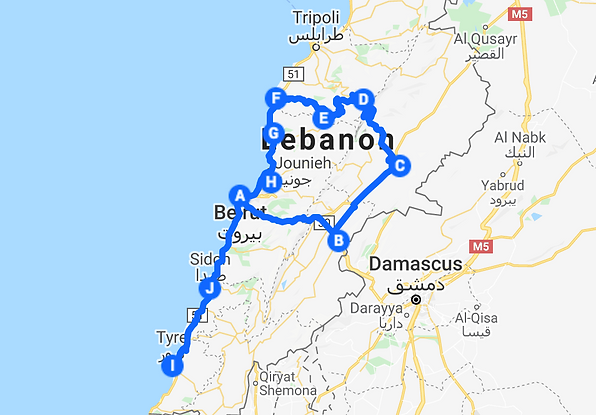
10 Days in Berlin
Day 1: Walking Tour, History of Berlin and Tiergarten
Day 2: Museum Island
Day 3: Street Art of Berlin, Take an alternative walking tour
Day 4: East Gallery and Kreuzberg
Day 5: Friedrichshain
Day 6: A must-have FKK experience
Day 7: Mauer Park
Day 8: Charlottenburg palace
Day 9: Topography of Terror and DDR Museum
Day 10: Day trip to Potsdam
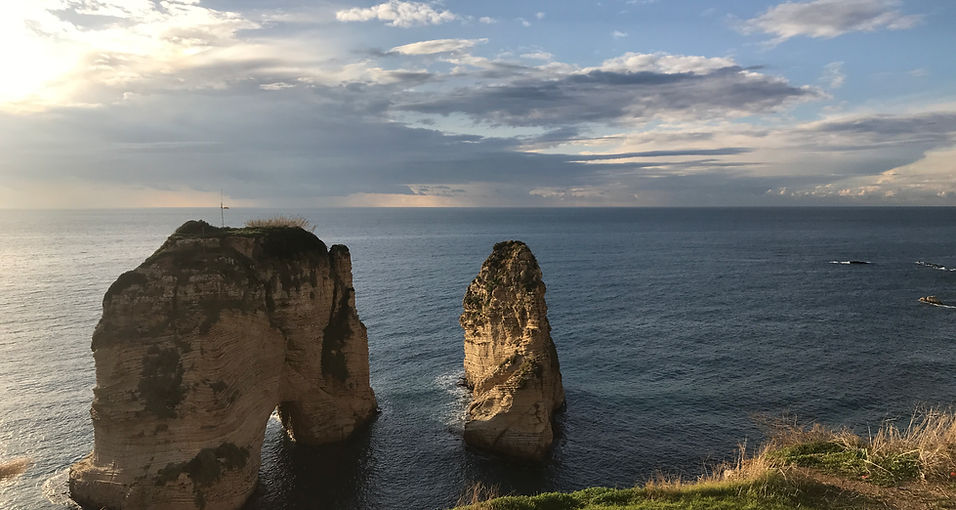
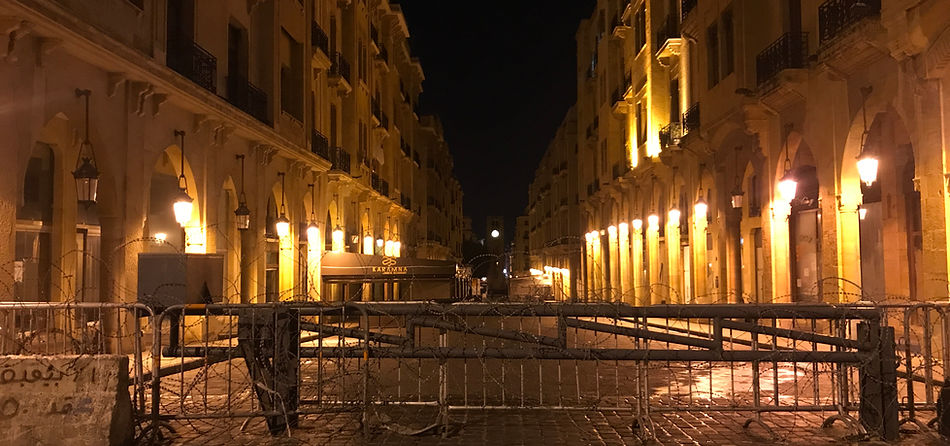
What’s the best way to get around the city?
Supremely well-connected with trains; s-bahn, the underground; u bahn, & trams, it’s best to download the app BVG for tickets, where you can purchase a pass, short-trip, single-trip rides. There is no place to scan when you enter and exit, however, there are ticket controllers who randomly check and levy a fine of 60-80 euros if you’re traveling without a ticket. If you are buying paper tickets, you must VALIDATE the ticket. There is a machine specifically for validating tickets. You will be fined even if you have a ticket, in case it hasn't been validated.
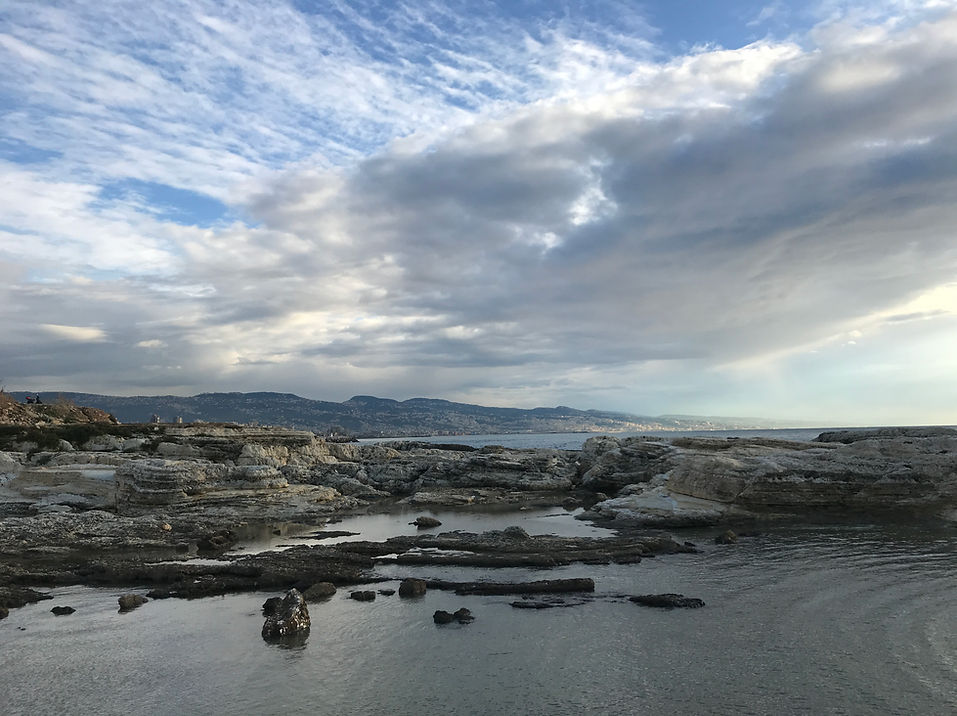
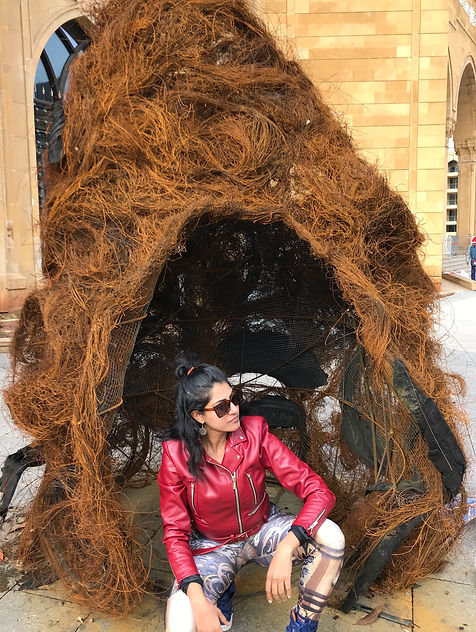
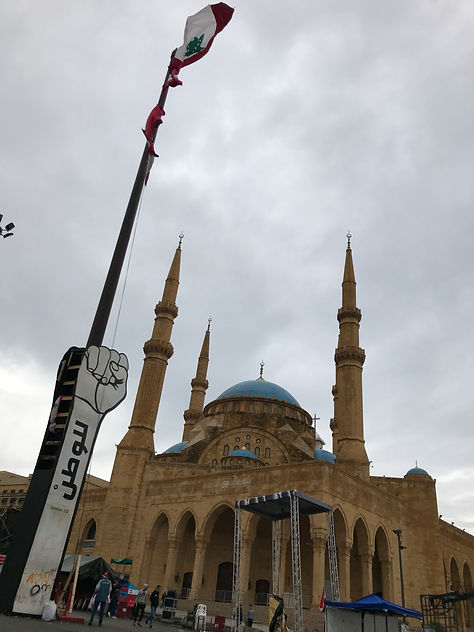
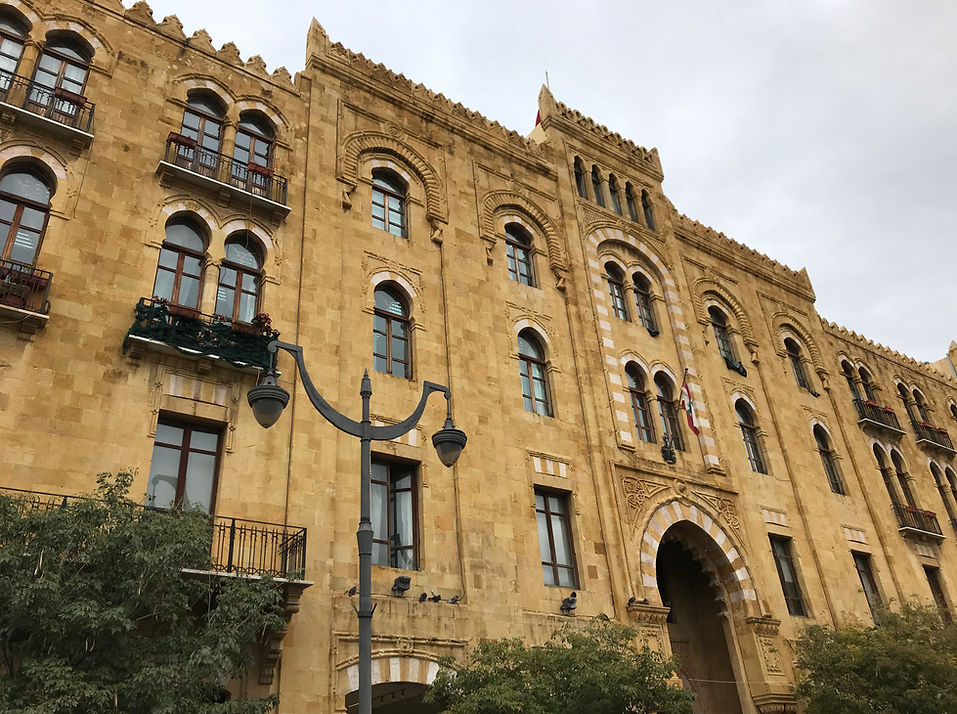
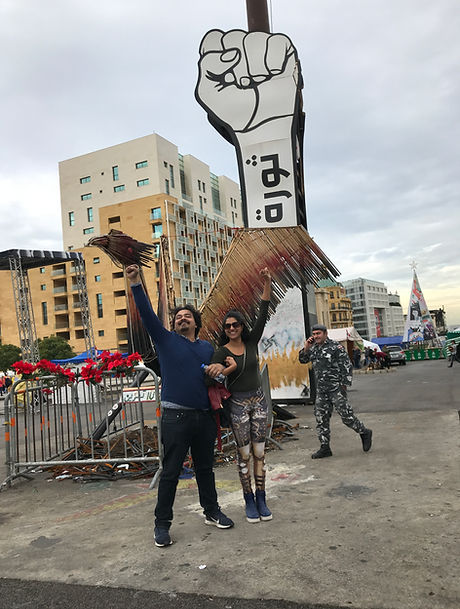

Day 1: Take a free walking tour. Including our recommendation here.
A 3.5 hour long walking escapade will introduce you to the main highlights of the city.
Starting in East Berlin, you will find yourself in the Jewish quarters, where most buildings including schools, shops and synagogues were all burnt down. Neue synagogue in the quarter has been reconstructed and one can enter for the prayer ceremonies and to visit the museum.
The Reichstag / Bundestag, the parliament building. Return to visit the top of the parliament building, which includes a tour (guided or audio) book your tickets here.
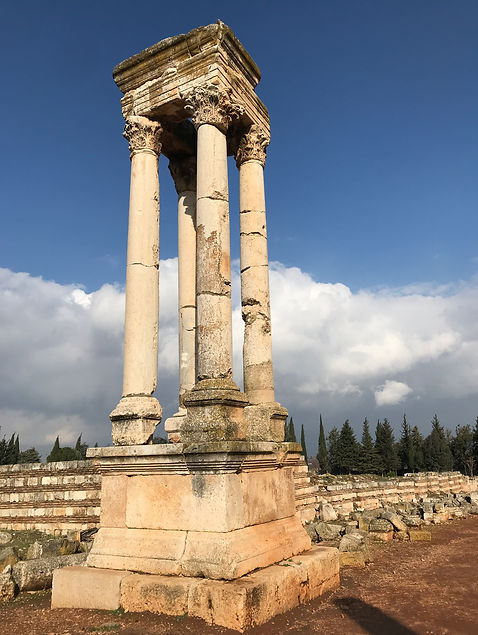
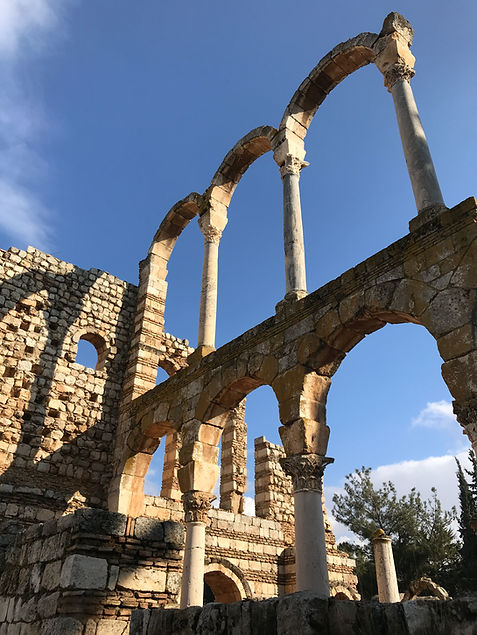
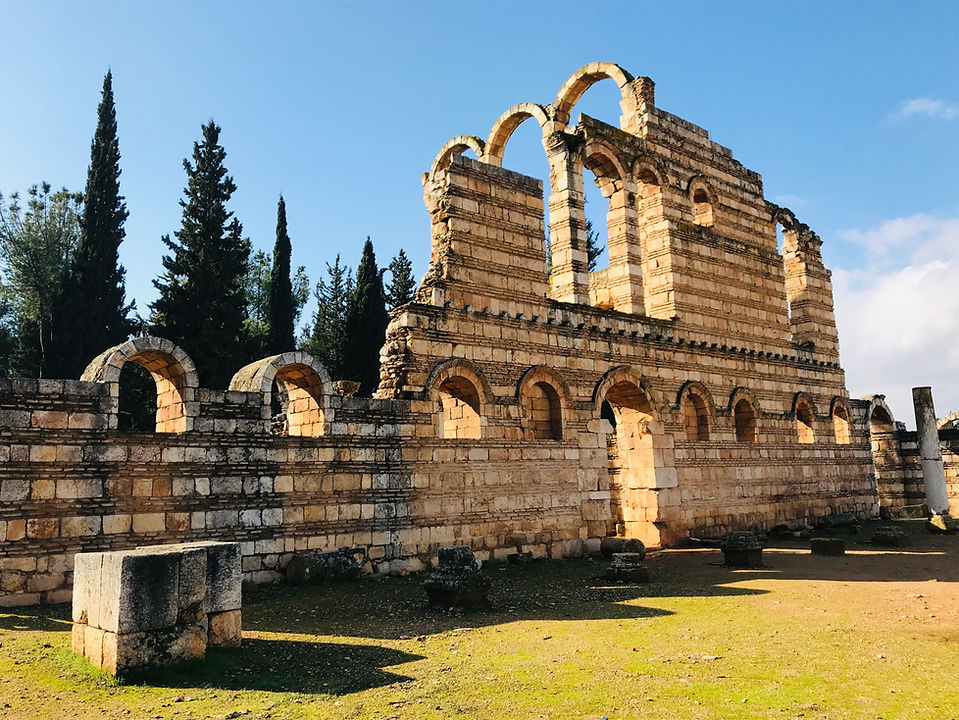
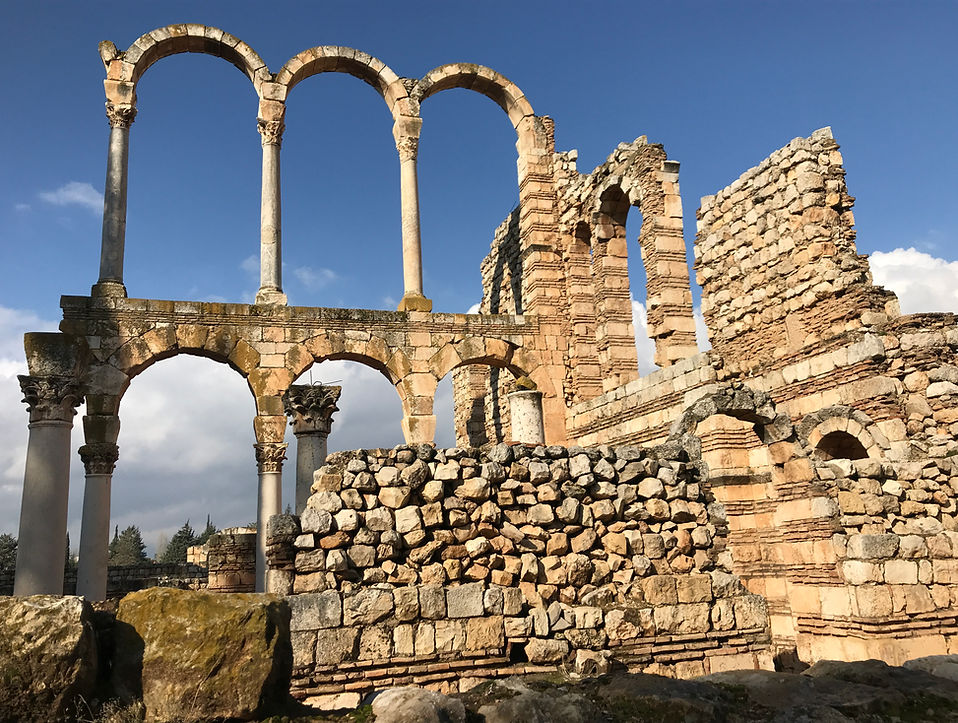
With the founding of the empire in 1871 which marked the birth of the first German nation-state, the reichstag became its parliament.

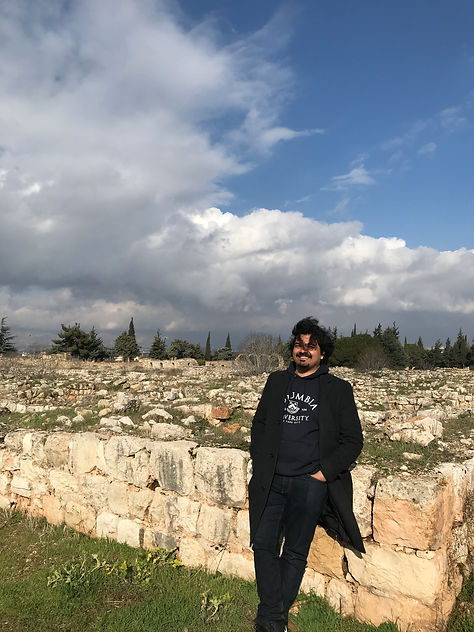
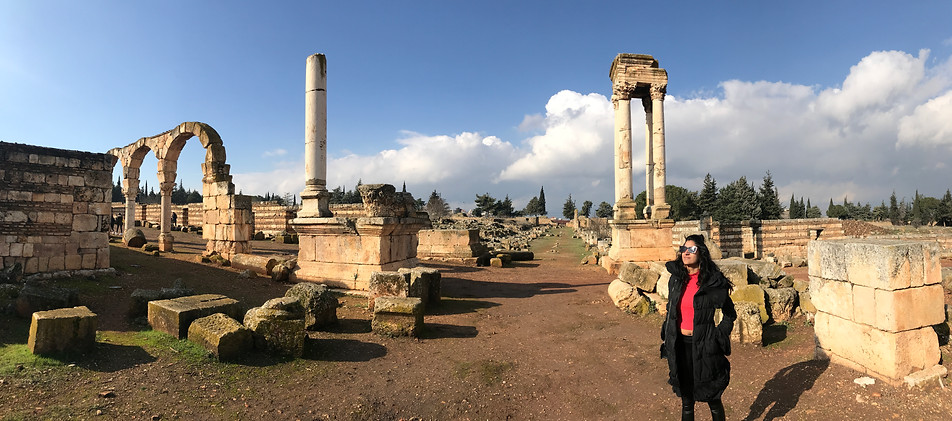

It witnessed the entire history, with the monarchy ending in 1918 following the military defeat of the empire. Having been defeated at the end of the first world war, Germany was thrown into major economic unrest especially in light of the Treaty of Versailles, which levied high financial reparations. Amidst these conditions of poverty, the national socialist party viewed an opportunity and made promises to transform the economic, political and social conditions of Germany. A few other factors contributed to Hitler’s rising, such as the Reichstag catching fire on 27/28th Feb '33 for which Hitler blamed his opponents. Additionally, even though Germany had become a parliamentary democracy in 1919, the Weimar republic remained unstable with 16 governments coming to power in a span of 12 years. In 1925, Paul Von Hindenburg became the head of the state and exerted extensive powers that contributed to the collapse of Weimar Republic, he appointed Hitler as chancellor on 30th Jan’ 33, whose party formed the largest parliamentary group after the 1932 elections.
Berliner Dom. Built in 1905, the Berliner Dom is the largest protestant church in Germany and used to serve as a castle chapel for the monarch.
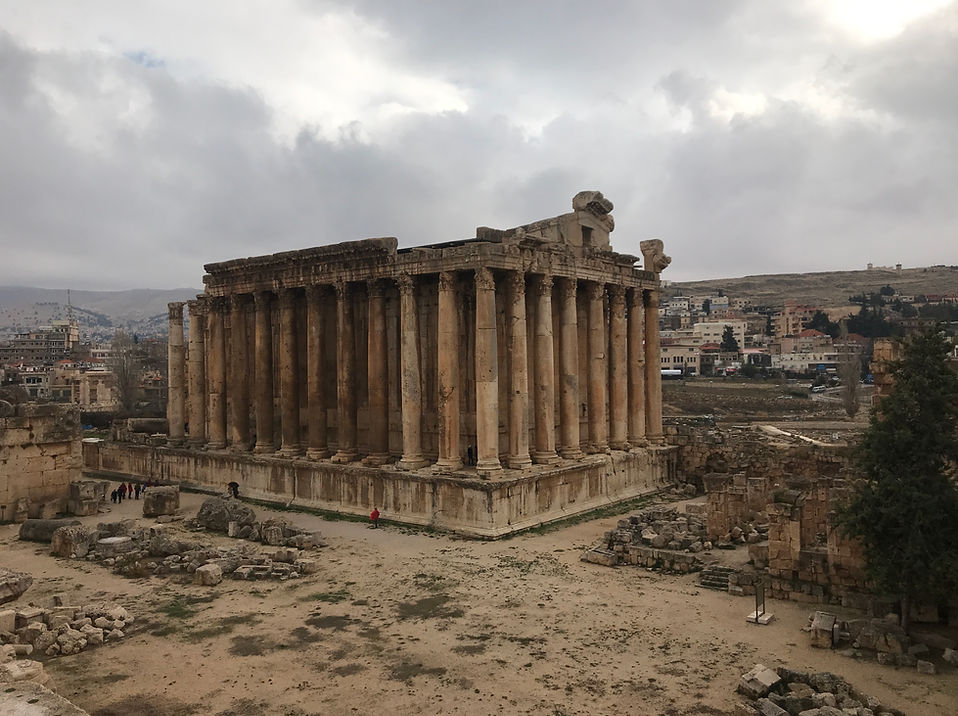

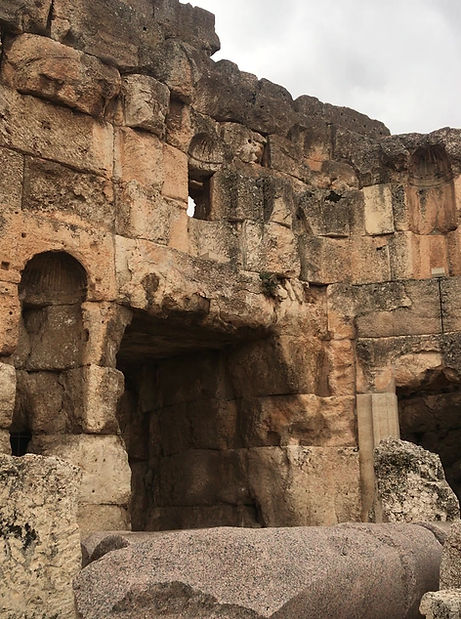
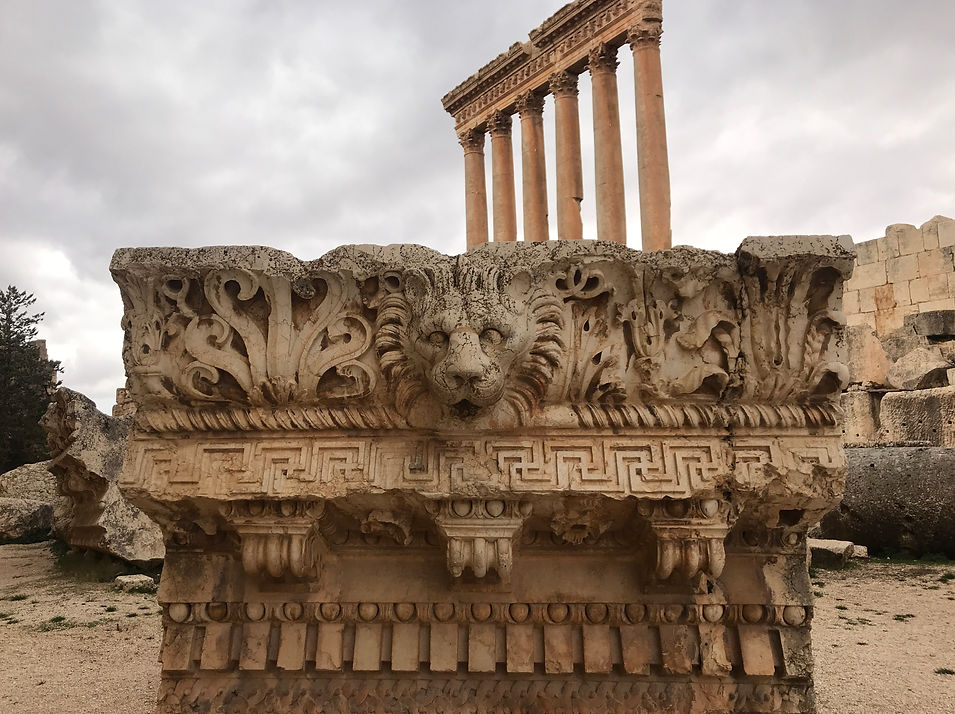
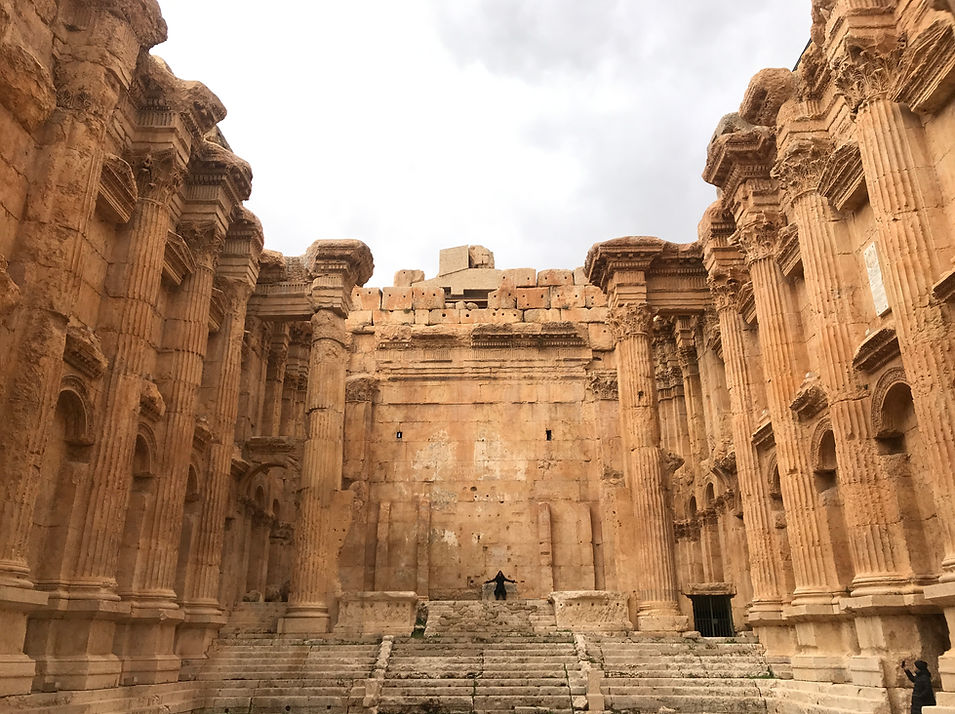
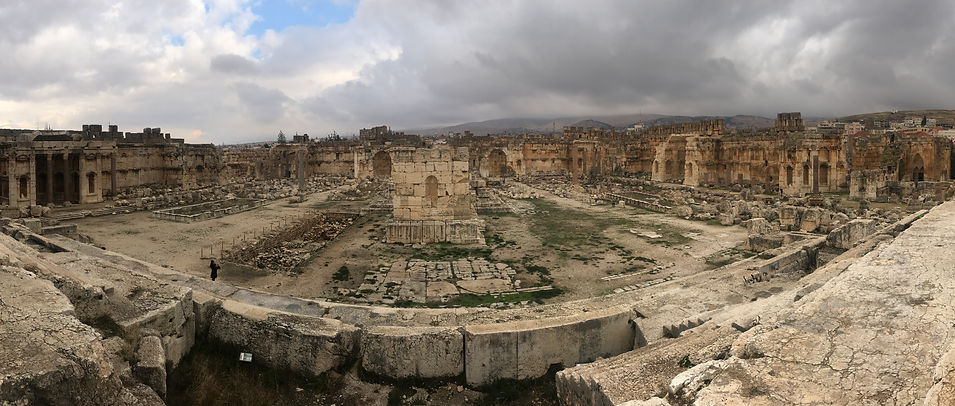
Bebelplatz. Walk to the center of the square to witness where Hitler’s regime burnt all books. As part of the memorial, you can peek underground where there are empty bookshelves symbolizing all the beauty, knowledge and imagination that was lost during the Nazi occupation. The square is surrounded by Humboldt University, the Opera House, and Hotel De Rome.
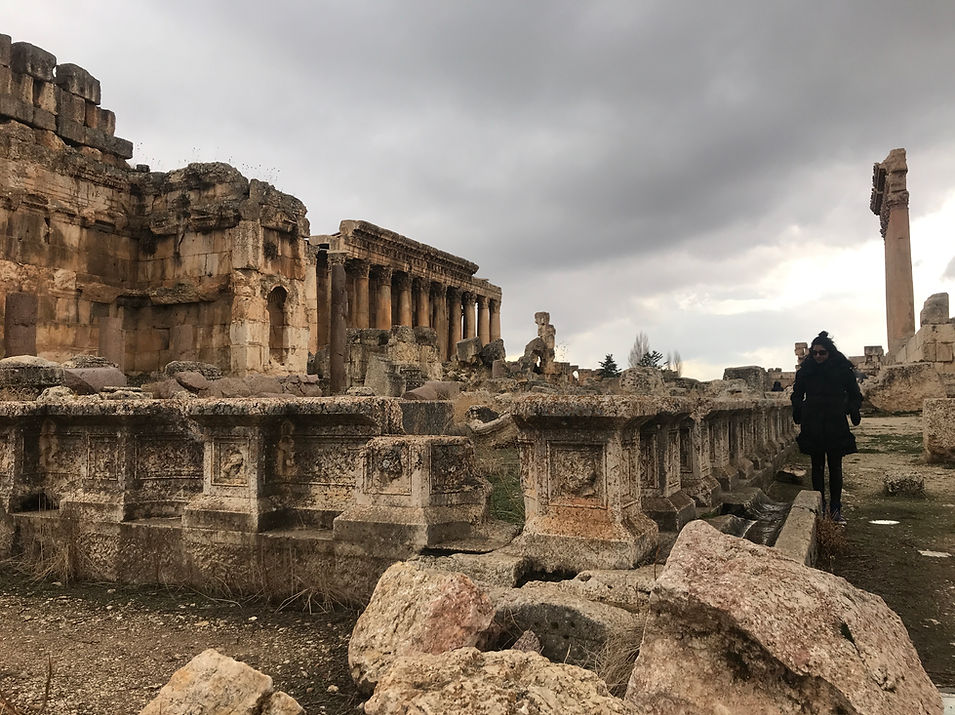



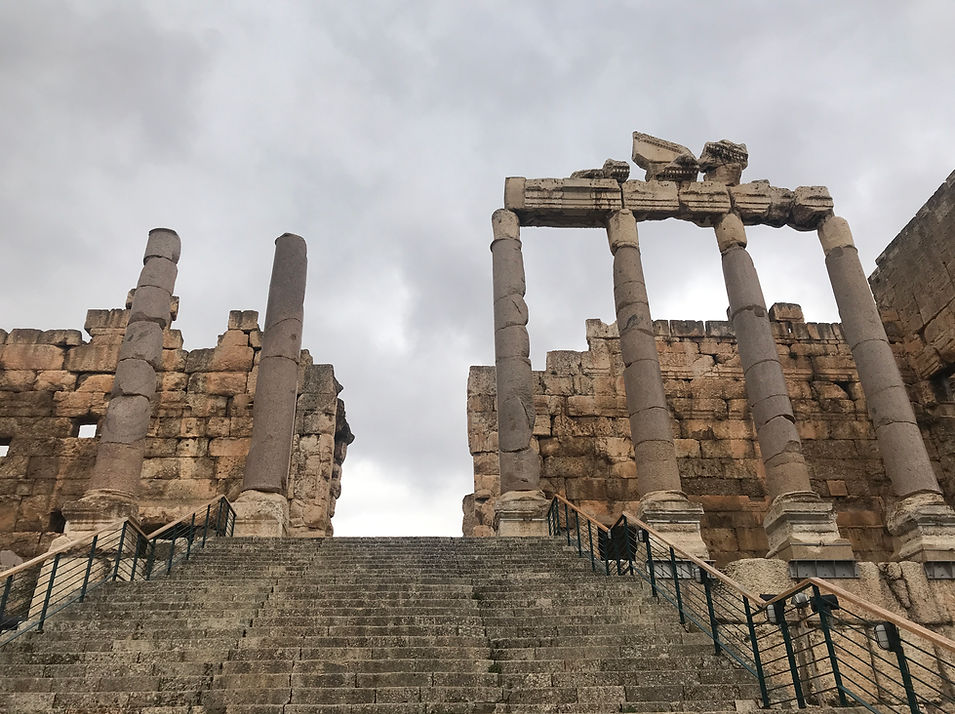
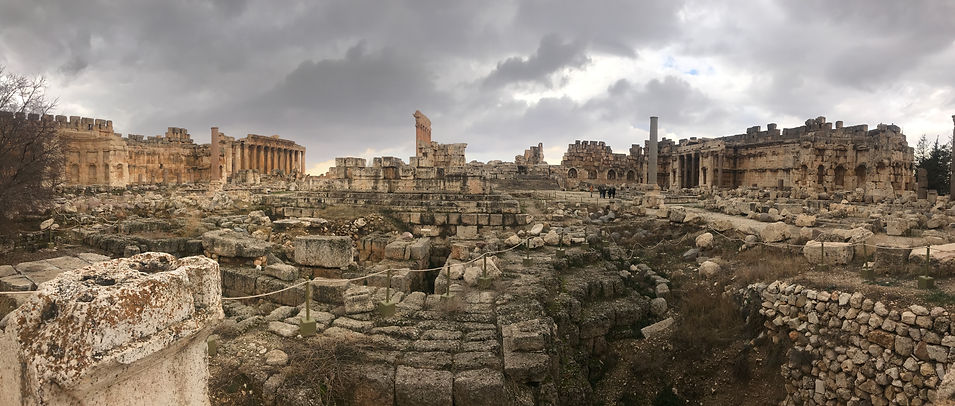
Sculpture by Käthe Kolwitz. An internationally acclaimed artist, she didn’t want her son to join the military, but when he insisted, she agreed and was heartbroken when he passed away during world war I. In memory and honor of her son and all other soldiers who died, she sculpted the famous mother and son, dedicating the sculpture to all mothers who lost their children.
Berlin wall. After the second world war, the victors, USA, France & Britain united as the Allied powers and had control over west Germany & west Berlin, & Soviet Union had control over East Germany and East Berlin. Under the purview of Marshall’s plan, based on certain conditions, the US provided extensive funds to reconstruct the western part of the country. As people in east berlin realized that opportunities and development was more rapid in the west, they started moving. Under the advice of the Soviet leadership, the German democratic republic party wanted to prevent people from abandoning the eastern parts and in the month of august, 13th 1961, when people were traveling, on a sunday, they placed metal fences which were replaced by the Berlin wall, impacting families, lovers, tearing apart all kinds of human relationships. The wall stood strong for 28 years, and apparently, because of a faux pas of the spokesman, Schabowski, who had arrived late to the leaders meeting, at the press conference, he shared that east germans can travel to the west immediately. This led to a tremendous amount of confusion at the wall, with thousands and thousands of people ready to cross and eventually, the police realizing they can’t shoot thousands and thousands of Germans let them through, resulting in borders opening in 1989 and the wall being demolished in 1990.
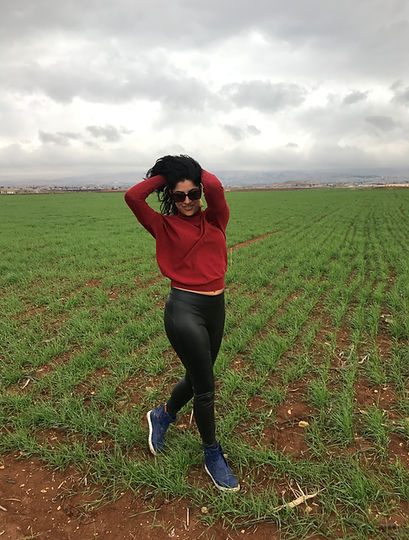
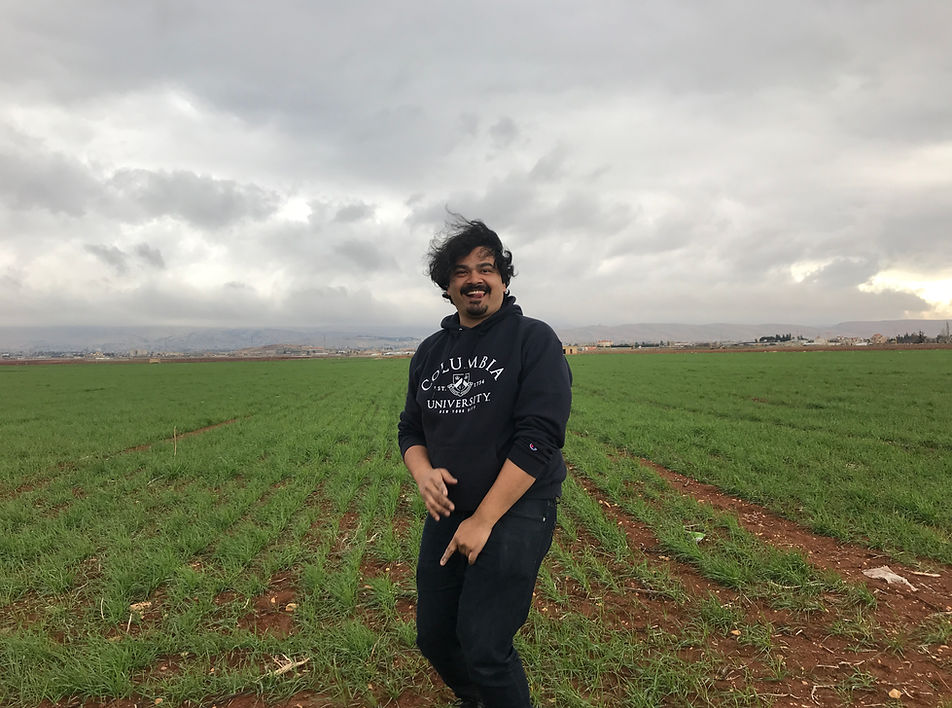
Checkpoint C. A checkpoint that existed between East and West Berlin, Checkpoint Charlie was where the US army was stationed with tanks and military, preventing people from moving between east and west.
At this spot, beware of scammers, playing casual games of gambling with the sole goal of luring innocent, oblivious and overly enthusiastic tourists.
Hitler’s Bunker. Hitler didn’t spend too much time in Berlin, he didn’t like the open-mindedness of the city. Towards the culminating days of the second world war, however, he was hiding in a bunker in Berlin. When the Russians were 2 kilometers away, he took his own life along with his wife who he had married a day earlier, followed by his closest general. It stands as a parking lot today and no part of the bunker is accessible to the public, with the fear that it would attract Neo-Nazis.
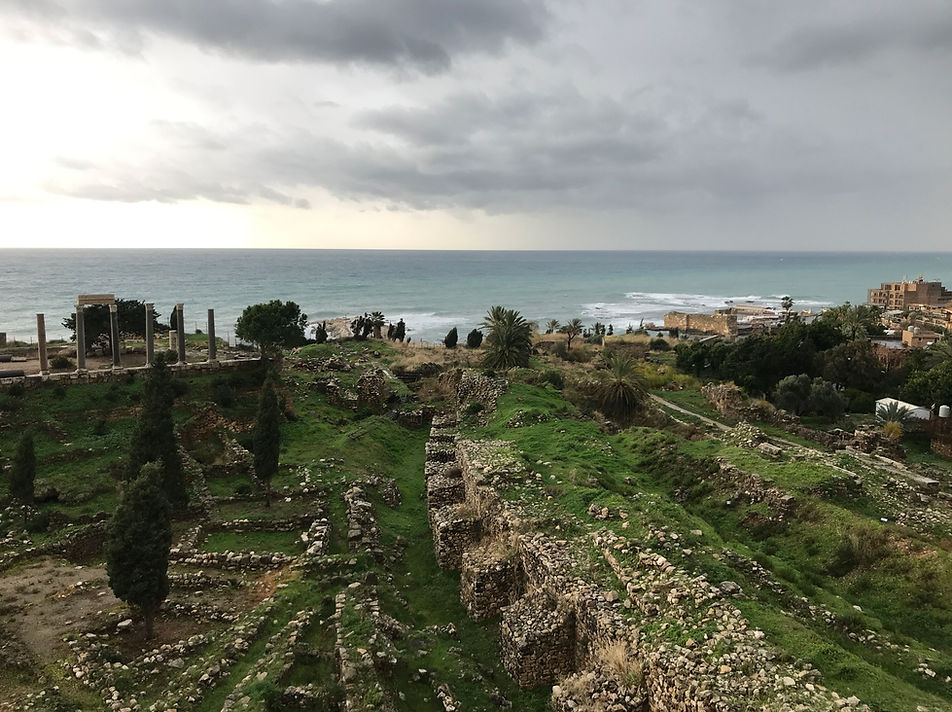
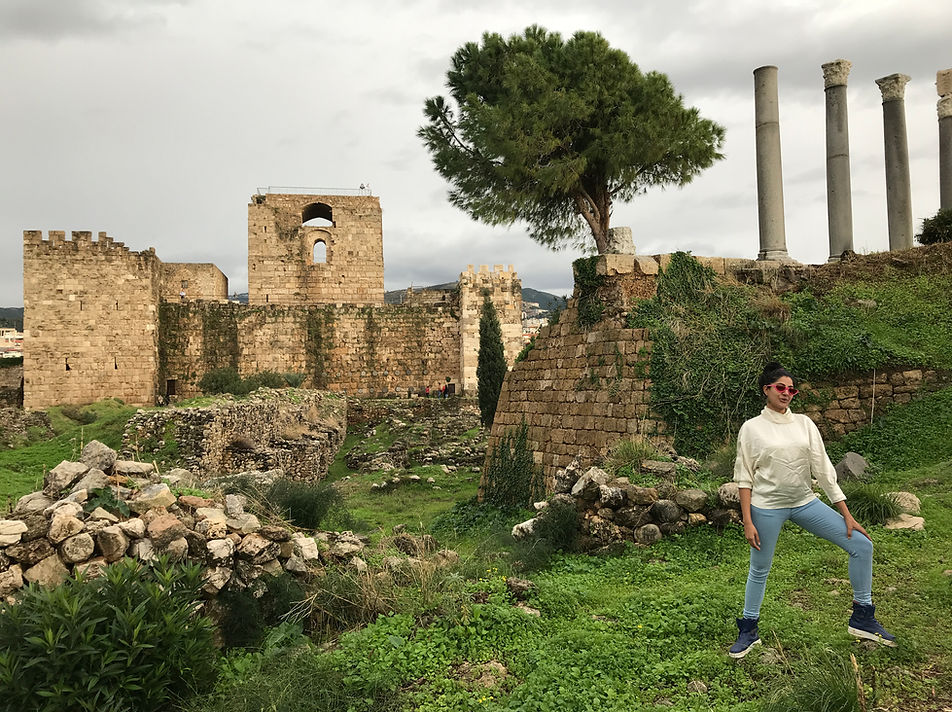

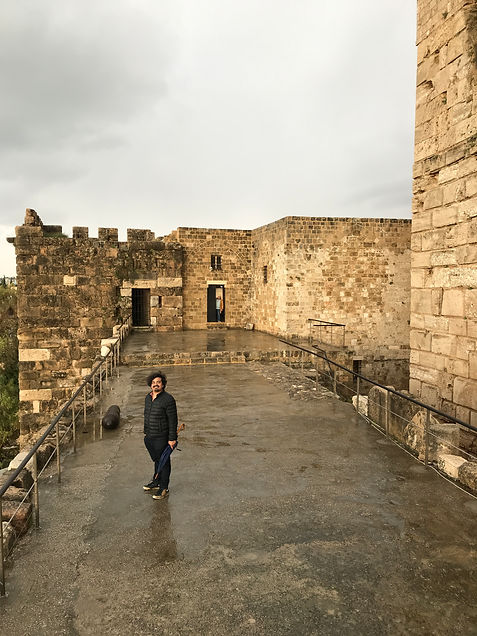
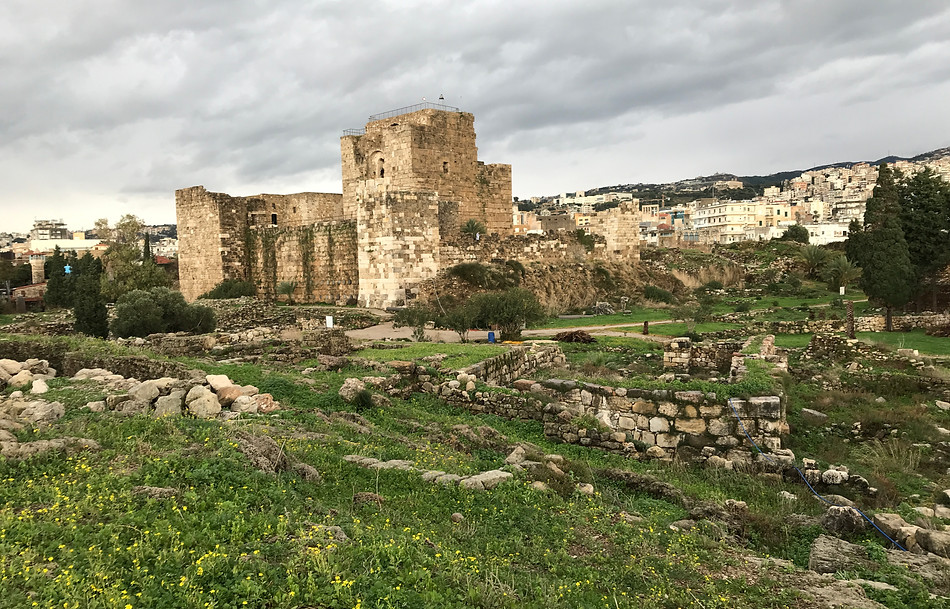
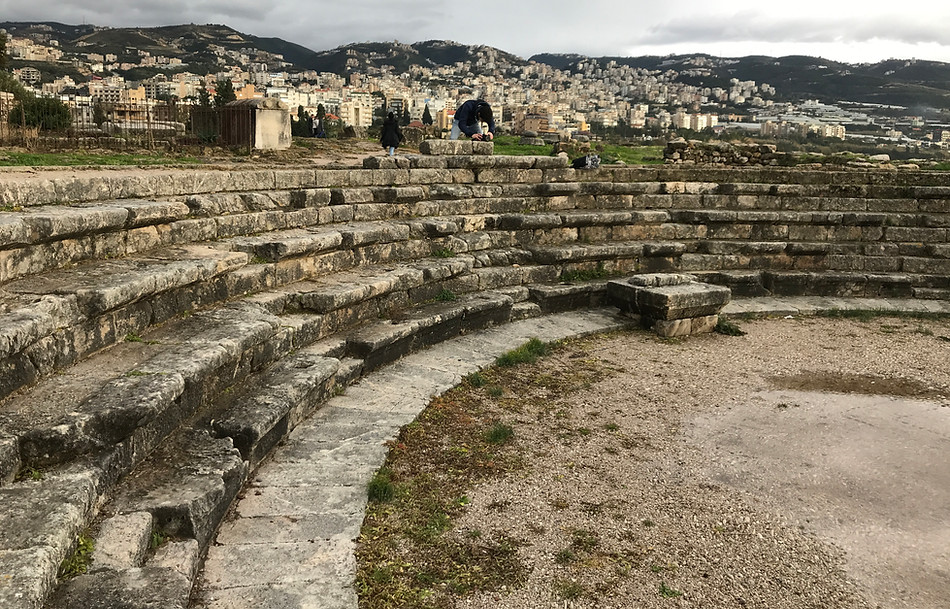
Memorial to the murdered Jews of Europe, Sinti & Roma & LGBTQ+. Spread around Tiergarten are memorials dedicated to the millions of people who were brutally murdered during world war II. The memorial to the murdered jews of Europe, was opened in 2005, designed by an american architect, Peter Eisenman, selected through a competition. Symbolized through gray, dark blocks of different sizes that form a systematic labyrinth, the architect left the interpretation open to the public. One of the versions includes different sized blocks representing the endless hopes, dreams, desires, fears, expectations and aspirations of the millions who were murdered. As you move in between the blocks, they seem to close in on you, there is an opening but that path only leads to one end, death. A controversial scandal during the building of this memorial included a corporation that had bid for the painting of these blocks, since it was discovered to be the same company that had supplied gas for the gas chambers! The contract was given to an alternative company.
Stumbling stones. Across Berlin, you will stumble upon bronze stones on the streets that include details of people who shared an association with the adjacent building and were victims of the Nazi regime.

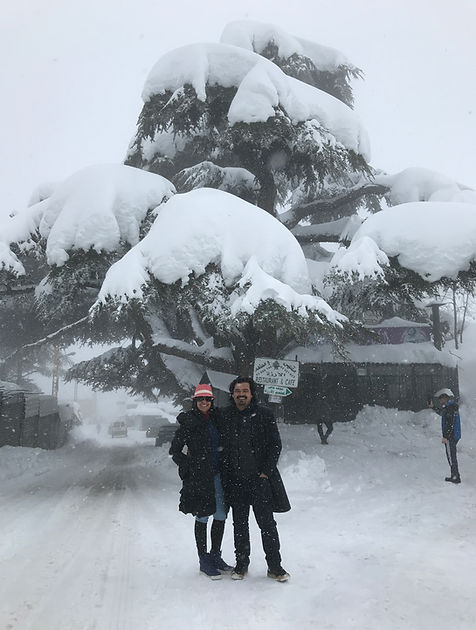
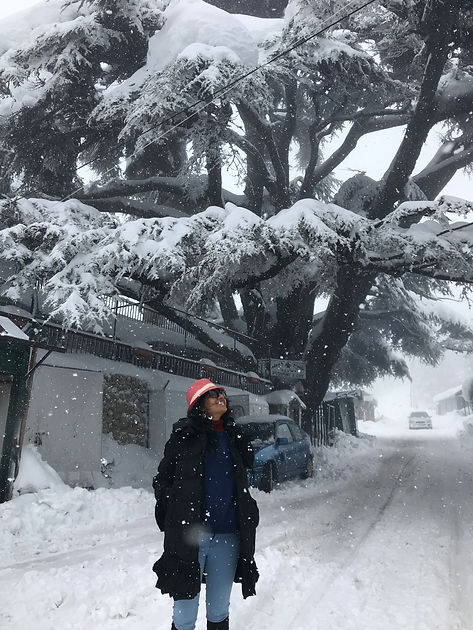

Brandenburg Gate. One of the oldest structures that was built in 1788-1791, the Brandenburg gate was inspired by the gateway to the entrance to the Acropolis in Athens. In 1793, the Quadriga statue was placed on the gate to showcase the military strength of Germany. When Napoleon’s army took Berlin in 1806, he took the statue to France as a sign of his victory. In 1814, when he was forced to abdicate, the Quadriga was returned into its original place. During the cold war and division, the gate was located in Soviet Berlin, and eventually became the biggest symbol of reunification.

After an intense walking tour, unwind and picnic in Tiergarten, which used to be part of a forest where the monarch used to hunt, and now is the green haven of Berlin.
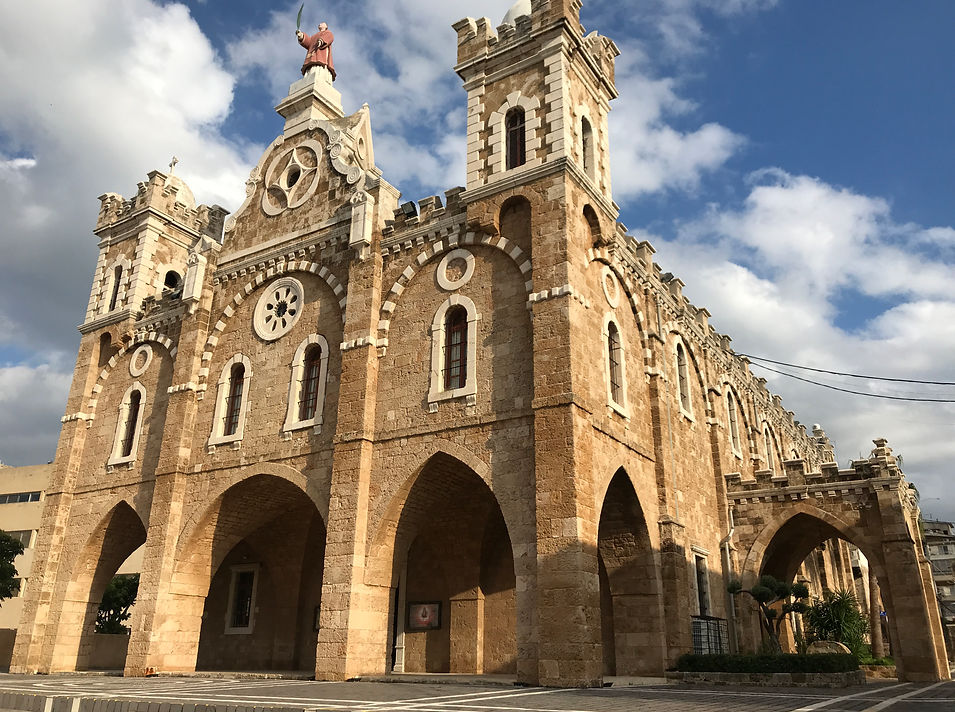


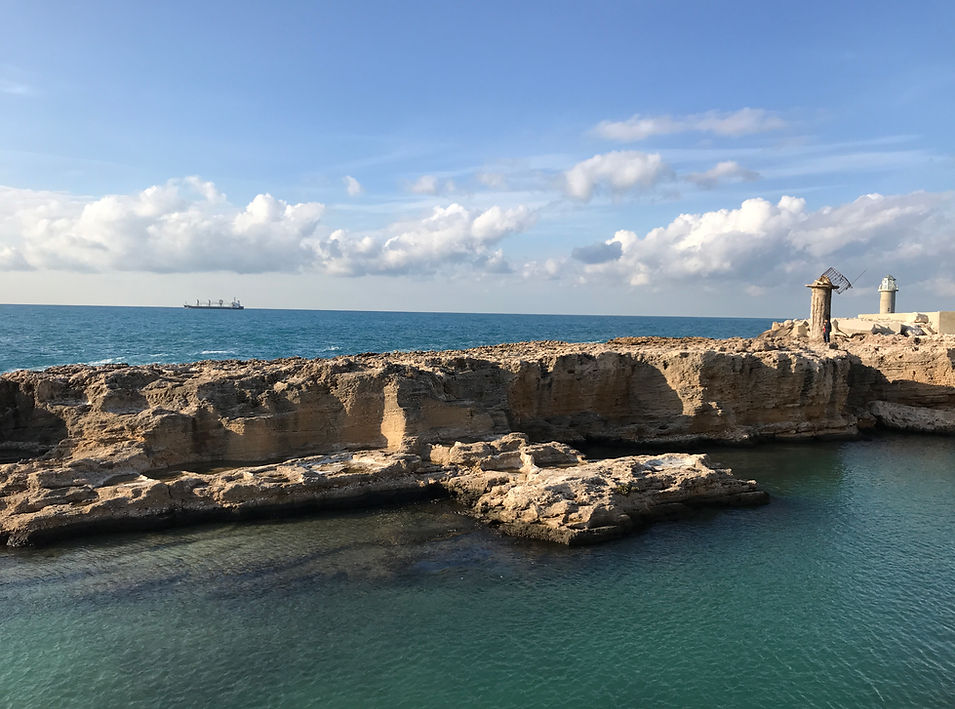
Day 2: Museum Island.
Declared as a UNESCO world heritage site, one day can be spent exploring the five museums on the island, which include the Pergamon museum, Bode Museum, Neues Museum, Altes Museum and Alte Nationalgalerie.
Admission Tickets:
1 day ticket with admission to 5 museums: 24 euros
3 day museum pass, which includes 30 museums: 32 euros
Note: Every 1st Sunday of the month is Museum Sunday in Berlin and most museums have free admission.
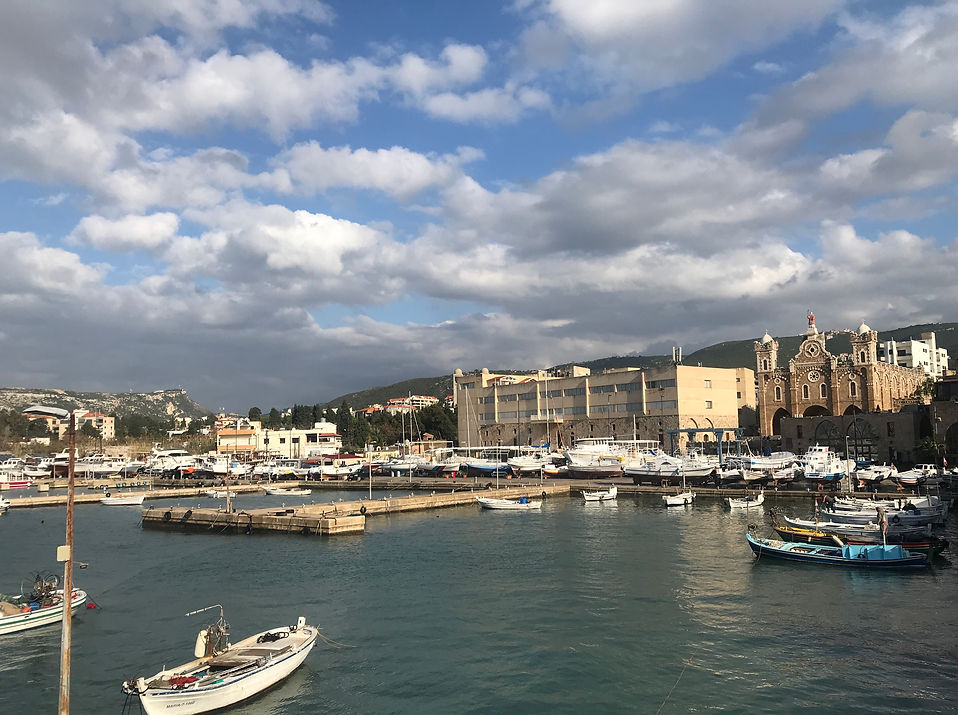
Day 3: Street Art of Berlin.
Close to Hackescher Markt, explore a secret dead chicken alley inundated with street art that commenced with a group of artists that called themselves the ‘dead chickens’. In light of Germany’s historical context, art has always been a tool of expression and advocacy, dissenting through the act of creation. The street is filled with bars, and cafes, and as you make your way towards the back, find a staircase that leads to two quirky shops for fun souvenirs. There is also an art gallery, as well as the Anne Frank & Otto Weid museum.
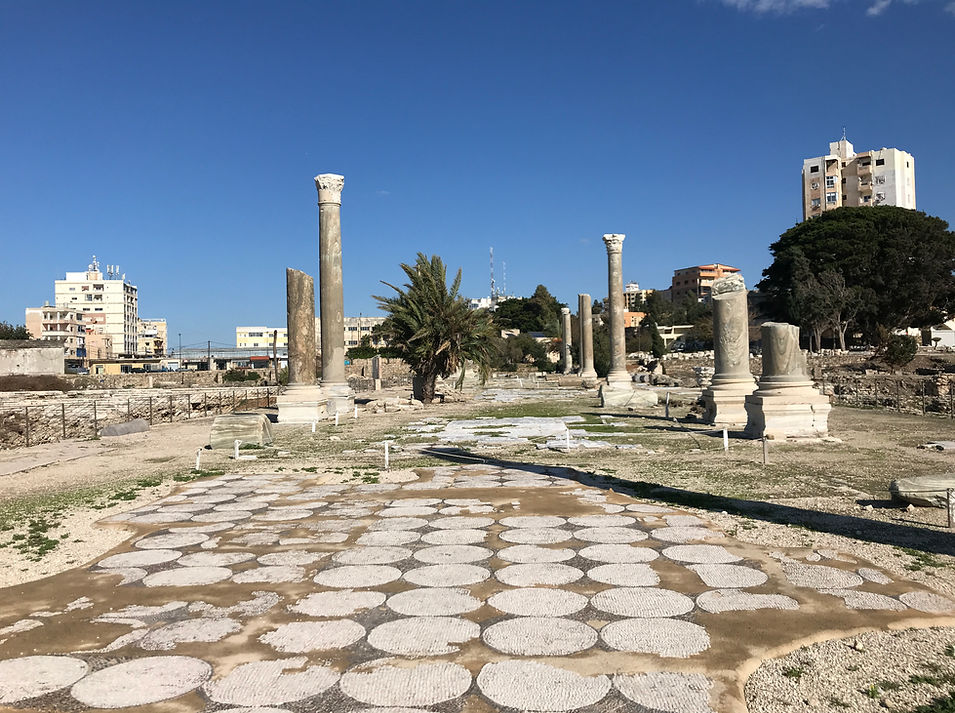

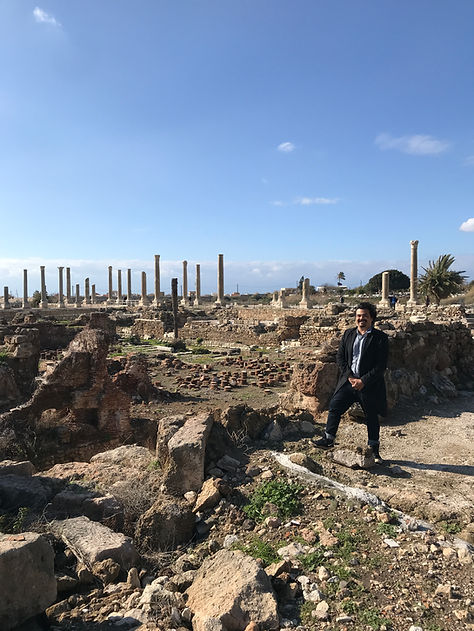


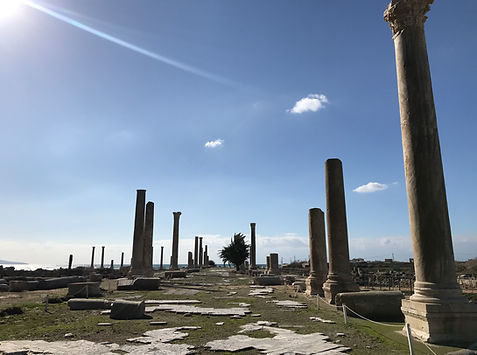

Consider taking an alternative walking tour that provides insight into street art, graffiti, tags, paste-ups made by artists from all over Europe. Territories can be marked, gang wars can break out, and respect is extended to some of the original artists by not painting over their work. Groups such as paradox, now known as icarus, UF, one up seem to be leaving their creative marks underlined with messages including communicating with aliens, who we can be rest assured are coming to save us :)
Including a few free alternative walking tour options here,
https://originalberlintours.com/tours/the-free-original-berlin-alternative-street-art-tour/
https://alternativeberlin.com/berlin-tours/free-berlin-tour/
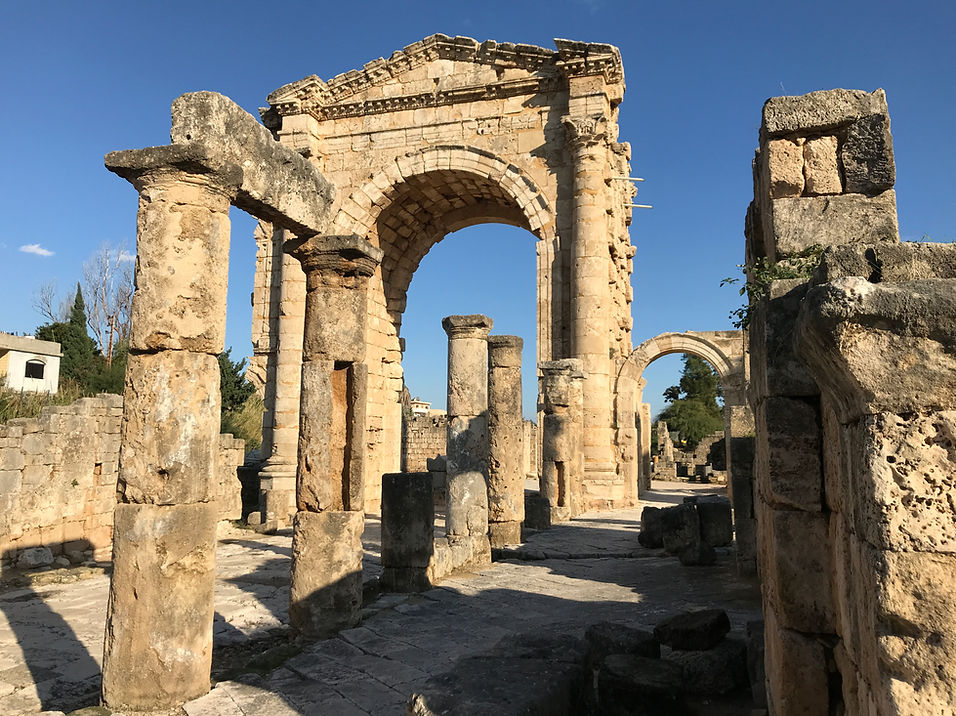
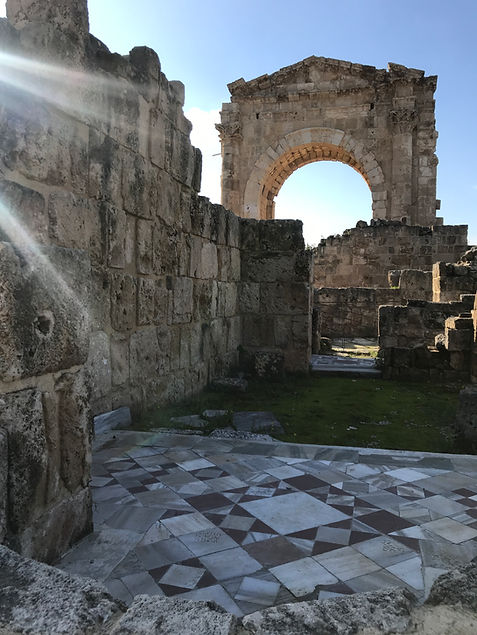
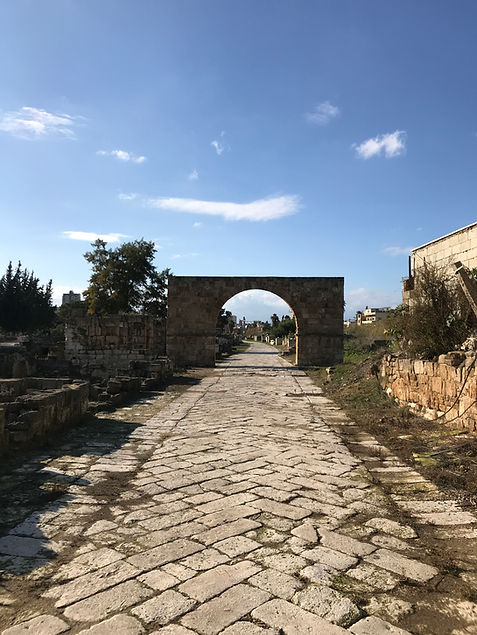
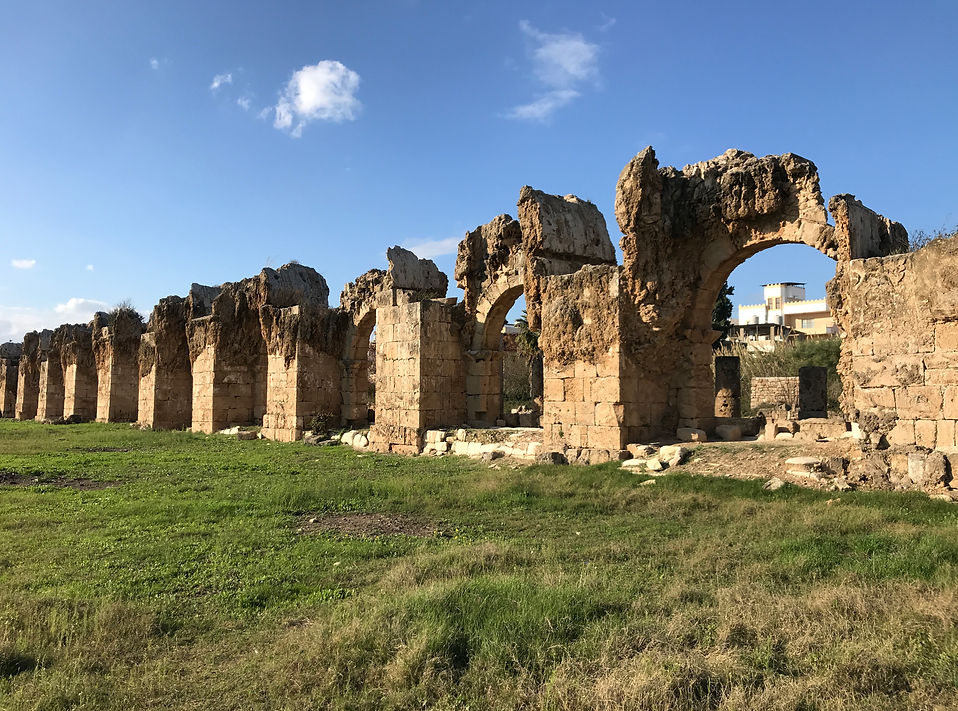
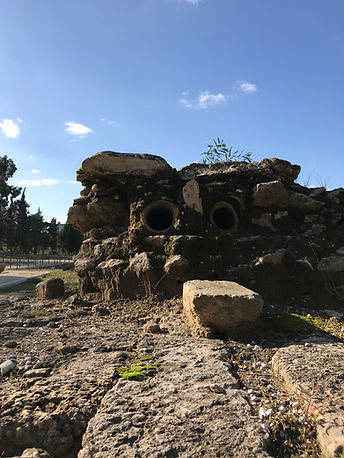

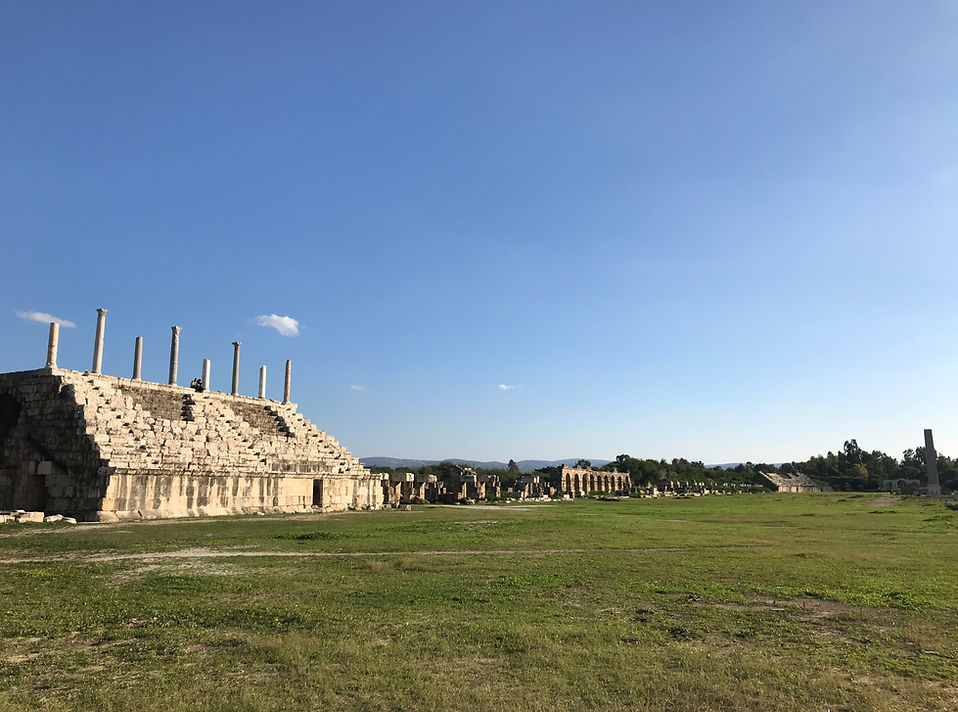
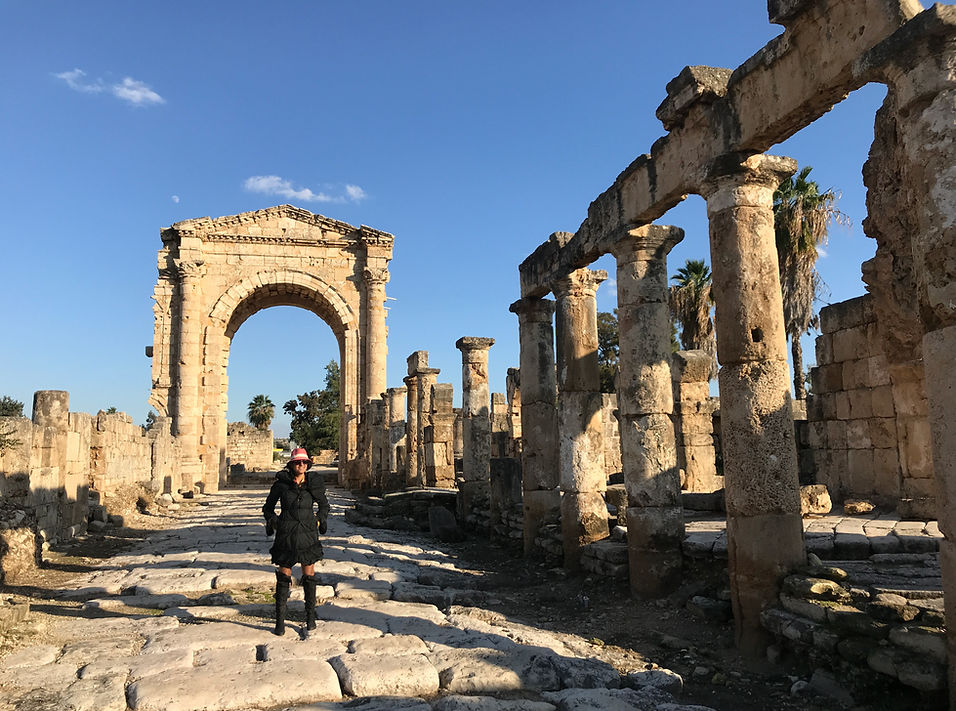
Day 4: East Gallery and Kreuzberg. (Plan for a Thursday for the weekly street food market).

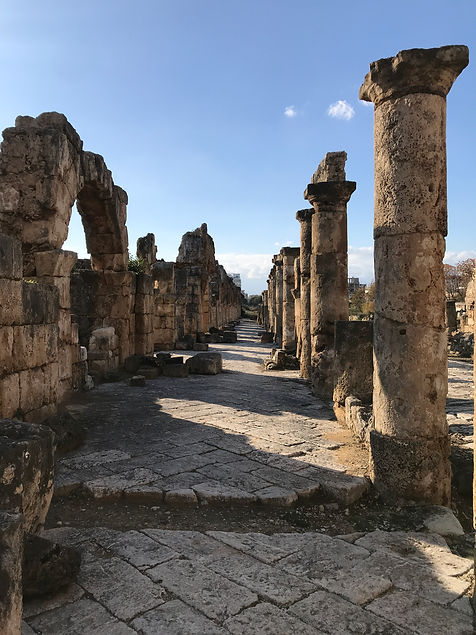
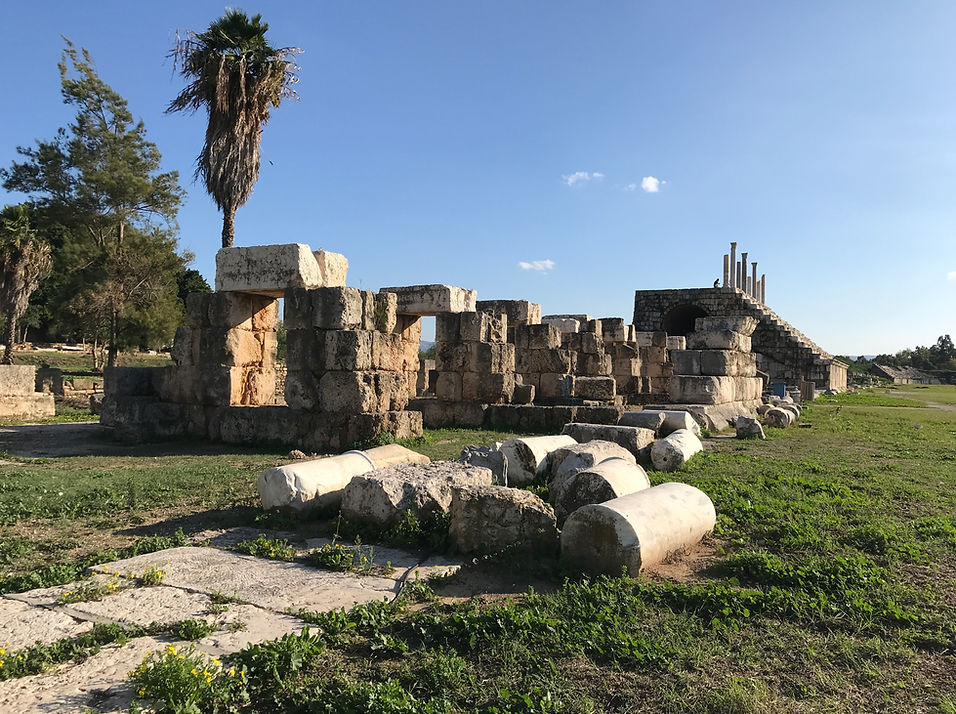

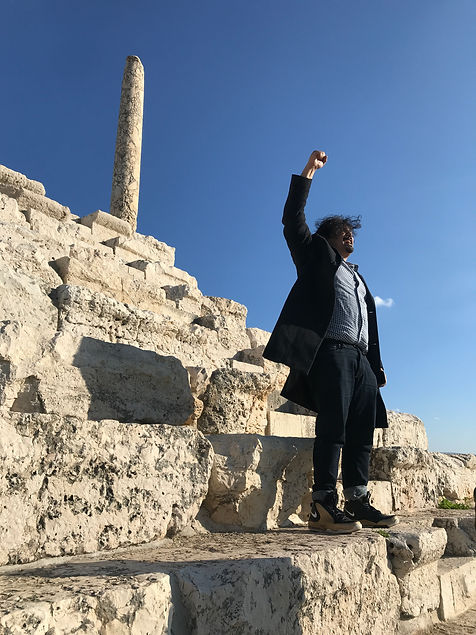
Spend time exploring the remnants of the longest standing wall at the East Side Gallery that brings together meaningful, aesthetic and quirky art, which continues to engage loudly with the historical and contemporary context. One can spend hours simply admiring the plethora of creations while getting lost and found in the artists’ interpretations of the world around them.
Walk towards Kreuzberg, and enjoy the myriad bars and cafes that the grunge neighborhood has to offer, or simply pick up a beer from a grocery store and stroll around, a highlight of being in Berlin, you can have a beer anywhere as you walk the streets or ride the bahns. Every Thursday, there is a street market at Markthalle Neun, which has an amalgamation of cuisines from across the world. With different vendors setting up shop every week, you are bound to be in for a culinary adventure. Just a heads up, the food is slightly on the pricey side, so come prepared.
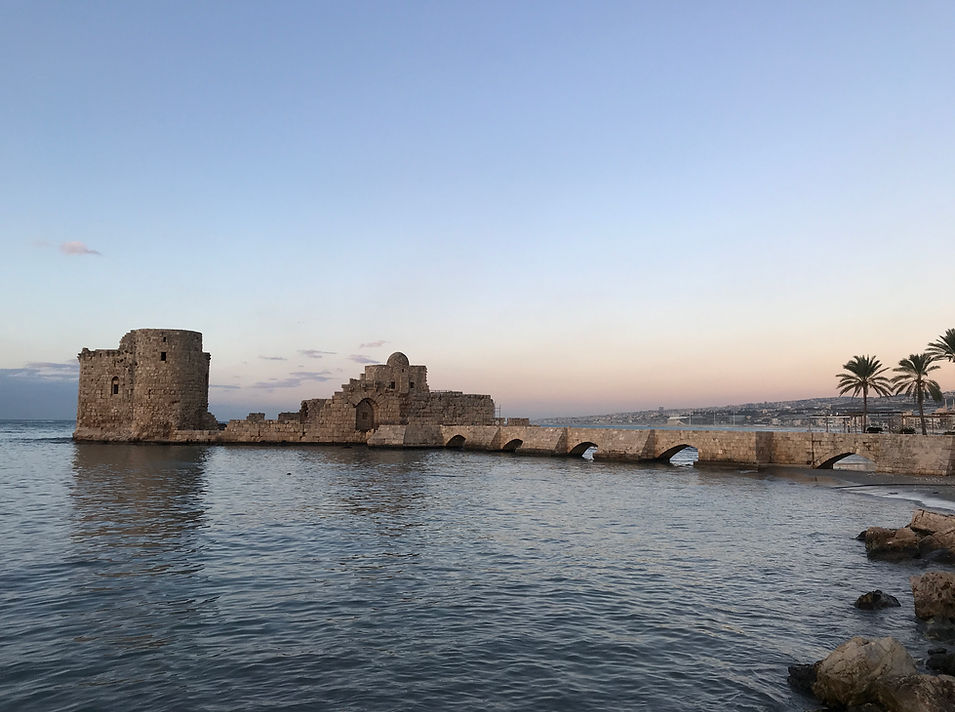
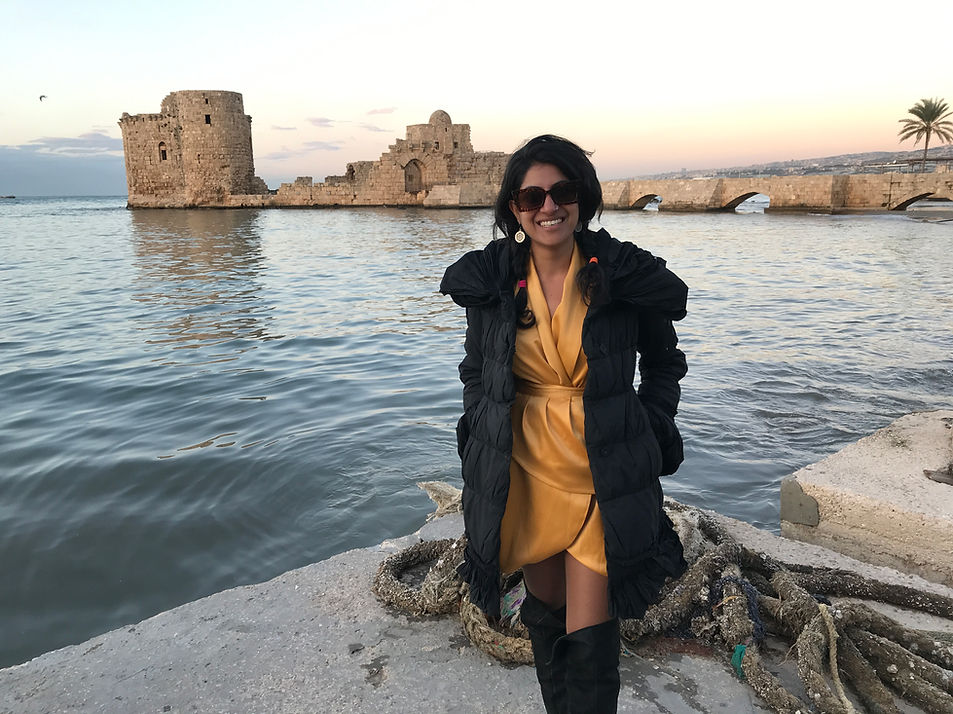
As the night sets on Kreuzberg, Kit Kat club comes alive, a few things to keep in mind if you’re planning a night out.
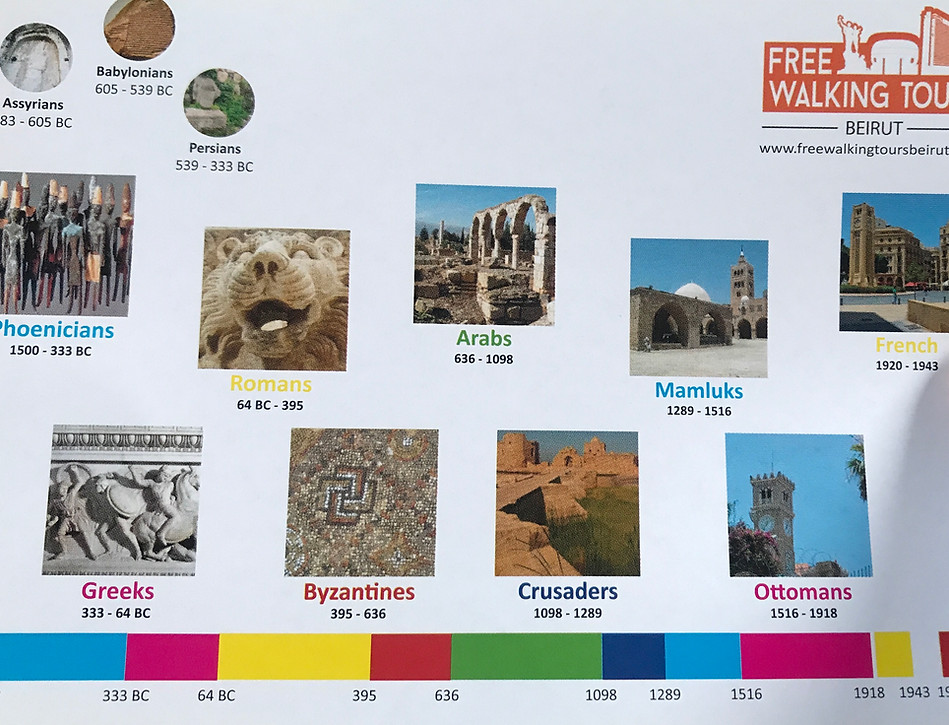
-
Check out the website for the ongoing events: https://www.kitkatclub.org/#kitkatclub
-
Dress-down in attire that expresses you so that you can bring your own self to this night of exploration
-
Aim to be in line by 11ish, for possibly a 30 minute wait, at midnight, the wait can extend to almost 2 hours, depending on the night
-
It’s a cash only club, typically the entrance is around 20 euros and drinks range from 10-15 euros
-
With no air conditioning in the summers, feel free to carry your own fan, you can of course, always dip into the pool
-
The club is open till 11 am, so dance the night away into the sunrise and beyond
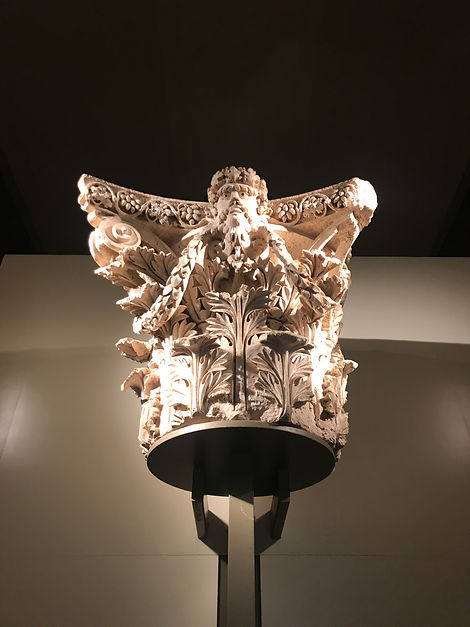
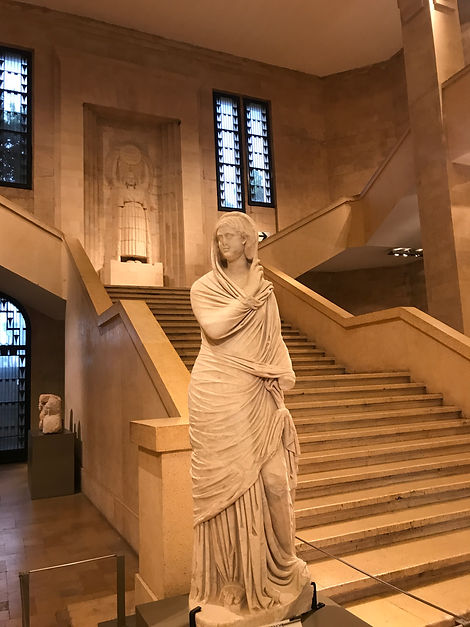
Day 5: Friedrichshain
As part of the alternative art walking tour, in all likelihood you would have walked around Friedrichshain. Plan to spend a day in this area to truly soak in the arty farty squatting spaces.
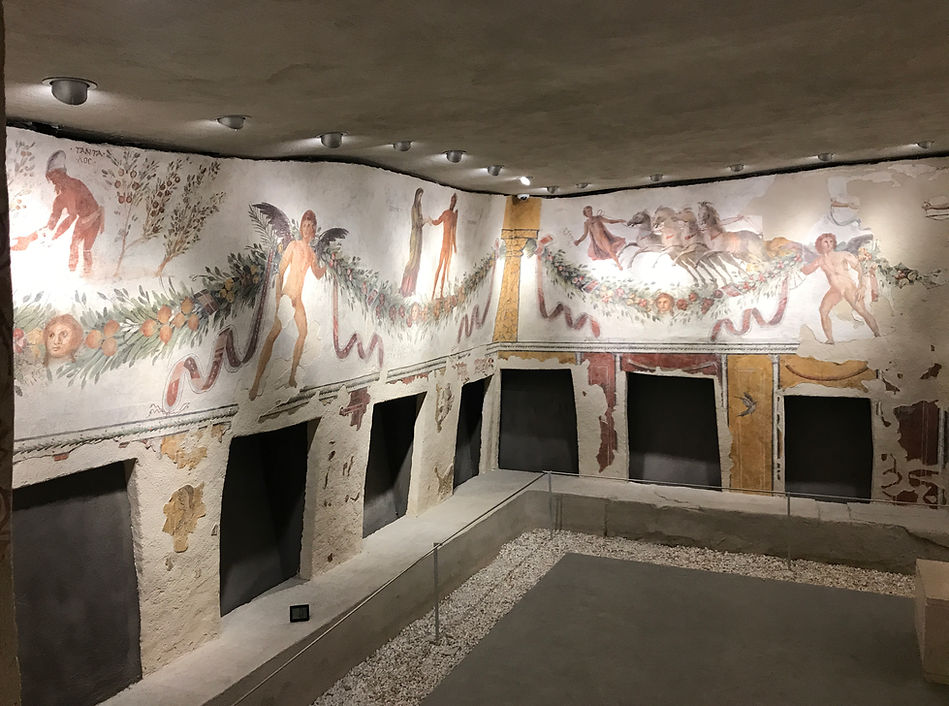
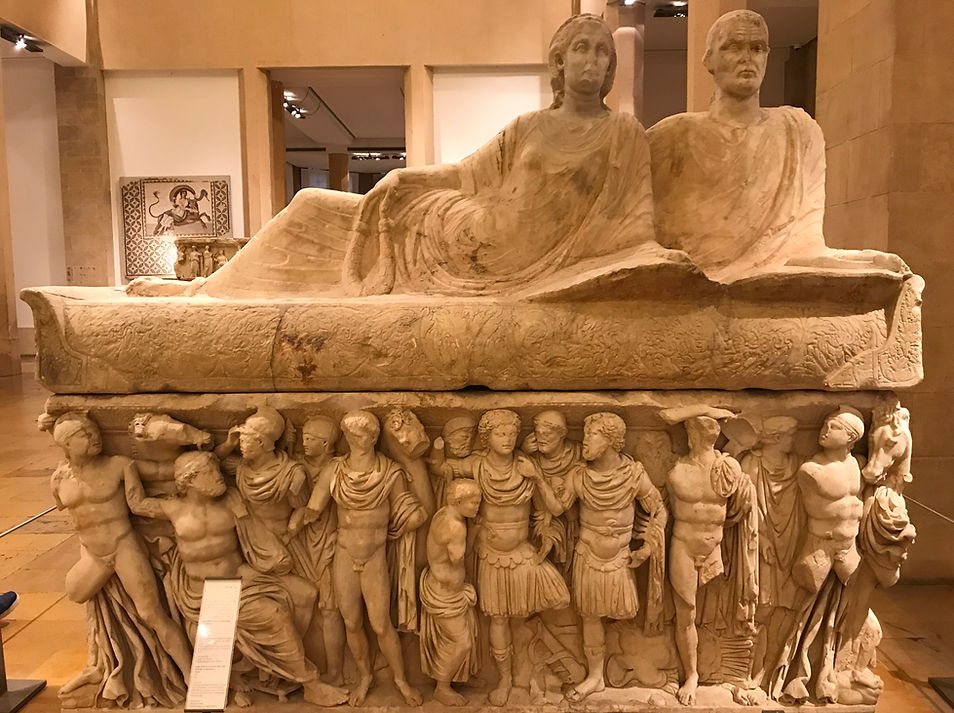
Urban spree has some of the most interesting underground art and artists, haubentaucher houses an open air pool making it the perfect hangout spot in summers, after which you can make your way to YAAM (young african artists and musicians), which has incredible graffiti, live performances and wooden stairs over a bed of sand making it a great spot to hang out, drink beers. Holzmarkt is another fantastic place to sit by the river, meet new people and shake some compact booty in the teledisko.

Being a Friday, continue the exploration of Berlin’s wild night scenes, some of the must-trys include the infamous Berghain and Sisyphos night clubs, known for their long lines, techno music and a unique vibe that can only be found in Berlin.
Day 6. A must-have FKK experience, at Strandbad Müggelsee.
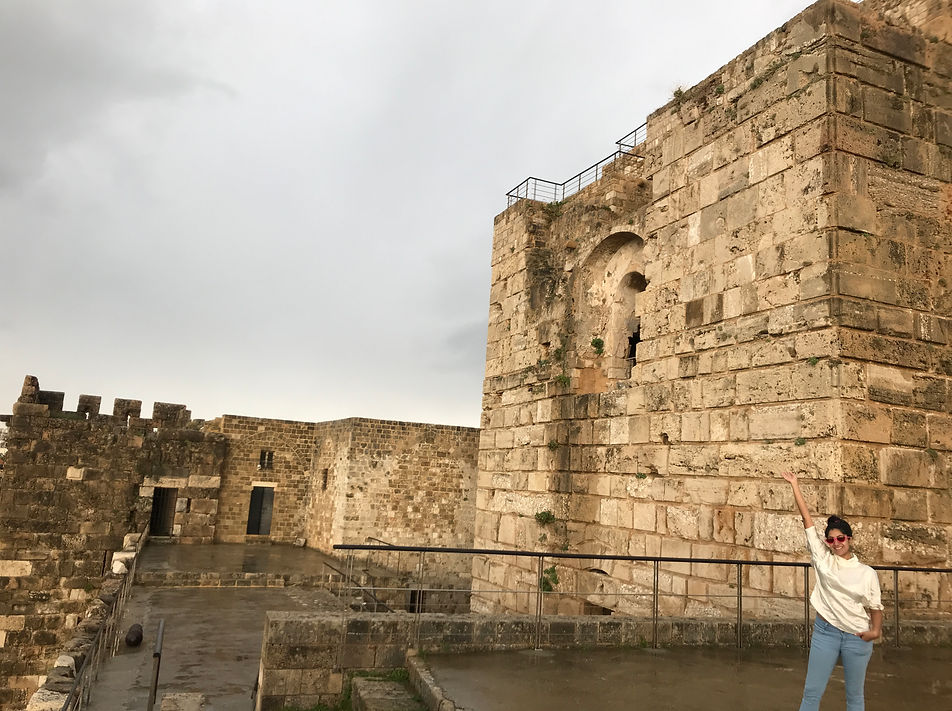
Getting there: From Alexanderplatz, you can get the tram, 61, and S bhan, S3.
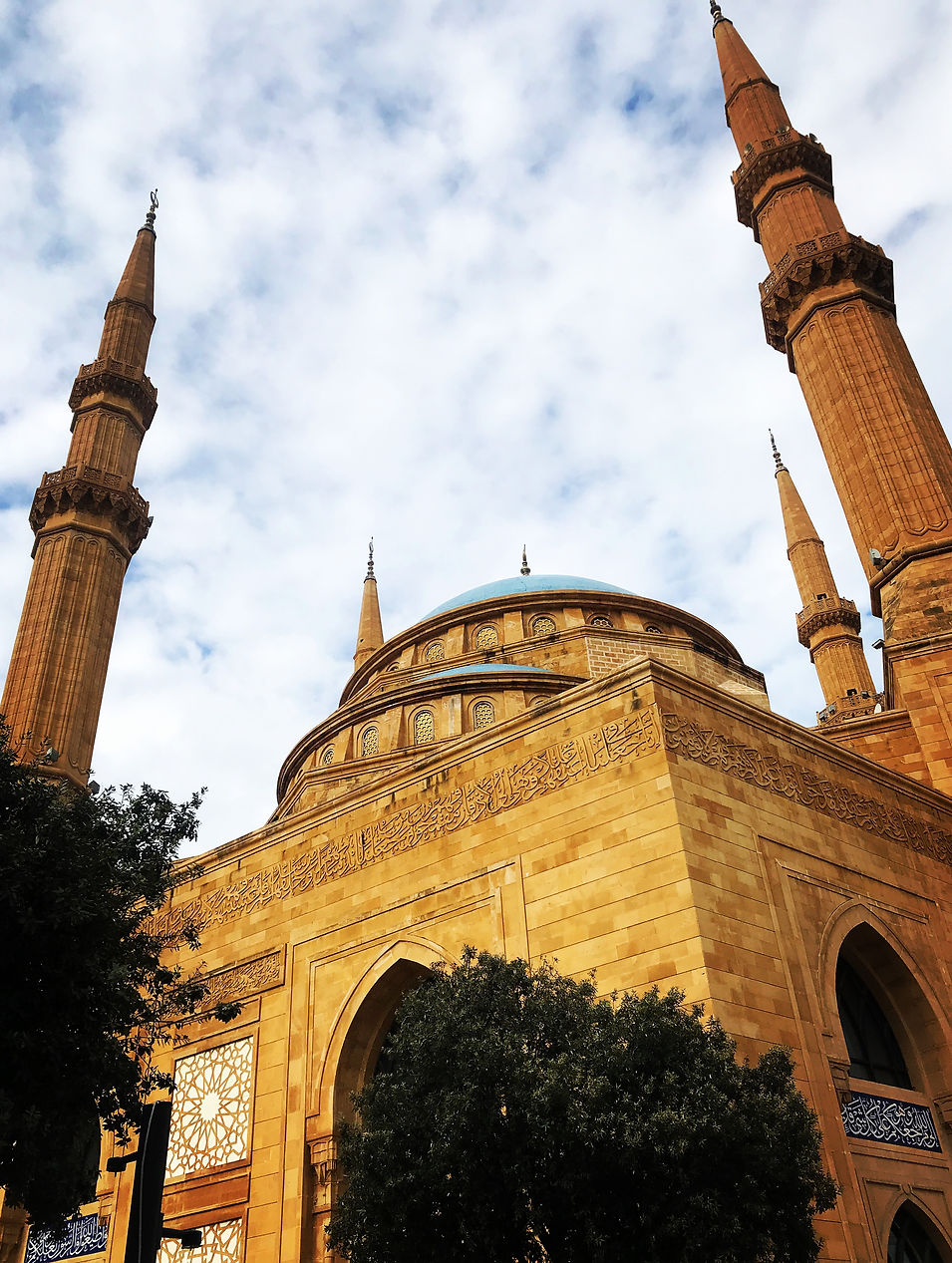
After what might turn out to be an eventful night out, spend the day picnicking and dipping into the beautiful Berliner lakes.
FKK, free body culture, as a concept emerged during the DDR, Soviet era, where perhaps as a movement of resistance, nudity was embraced as a way to free the body. Some also say, sunbathing was initially viewed as one way to cure tuberculosis and as having strong health benefits. In modern-day Germany, the movement continues, without any health, political or counterculture insinuations, simply folks enjoying themselves in all forms of naturalism.
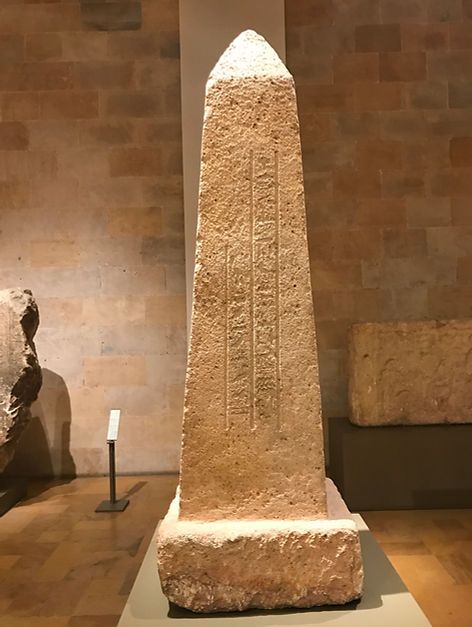
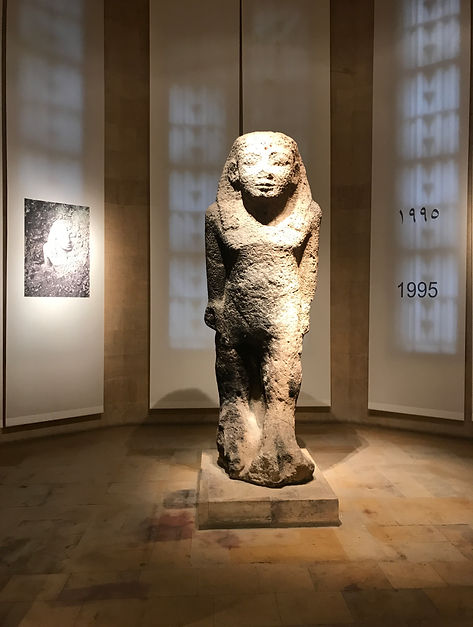
There are a few lakes in and around Berlin, but our personal favorite was Strandbad Müggelsee. As you get off the train, you will find yourself amidst a forested area, cross the road, and head towards an expansive stunning lake surrounded by trees, shimmering sun and if you’re lucky, even a double rainbow!
Day 7. Mauer Park (Plan for a Sunday).
Since the Berlin wall and the ‘death strip’ used to run through this park, it's also known as the Wall Park. Spend your Sunday picnicking in Mauer as it comes alive enjoying the flea market that is overflowing with food and drinks.
Day 8. Charlottenburg palace
Getting there: From Alexanderplatz, take S bahn, S3 / S5 / S7 and transfer to bus, M45 that drops you right outside the palace.

Admission Tickets: A combination ticket, for the Charlottenburg Palace, Old Wing, New Pavilion, Mausoleum, costs 19 euros. If you have a student card, get a reduced ticket for 14 euros.
Included in the ticket: Take an audio-guide that leads you through the state rooms, magnificent halls and an over-the-top porcelain collection.
Must-see exhibition: Prussian Palaces, Colonial Histories

To learn more about German history, especially the monarch that reigned until 1918, visit Charlottenburg, one of the only remaining royal palaces in Berlin. Nothing compared to the Palace of Versailles in France in terms of its grandeur, the highlight at Charlottenburg is an exhibition ‘Prussian Palaces, Colonial Histories’. The exhibit showcases the deeply embedded colonial practices and structures that existed well before the 19th and 20th centuries. For instance, tapestries and wall paintings depicting Chinese culture from the European lens, or showcasing civilization in Europe as superior compared to civilization in Asia and Africa that were depicted with chaos and wild animals. Additionally, emperors played a role in slave trade and purchased people to become their property expecting them to assimilate into European culture, while marking them with stamps.
Day 9. Topography of Terror Museum, and DDR Museum.
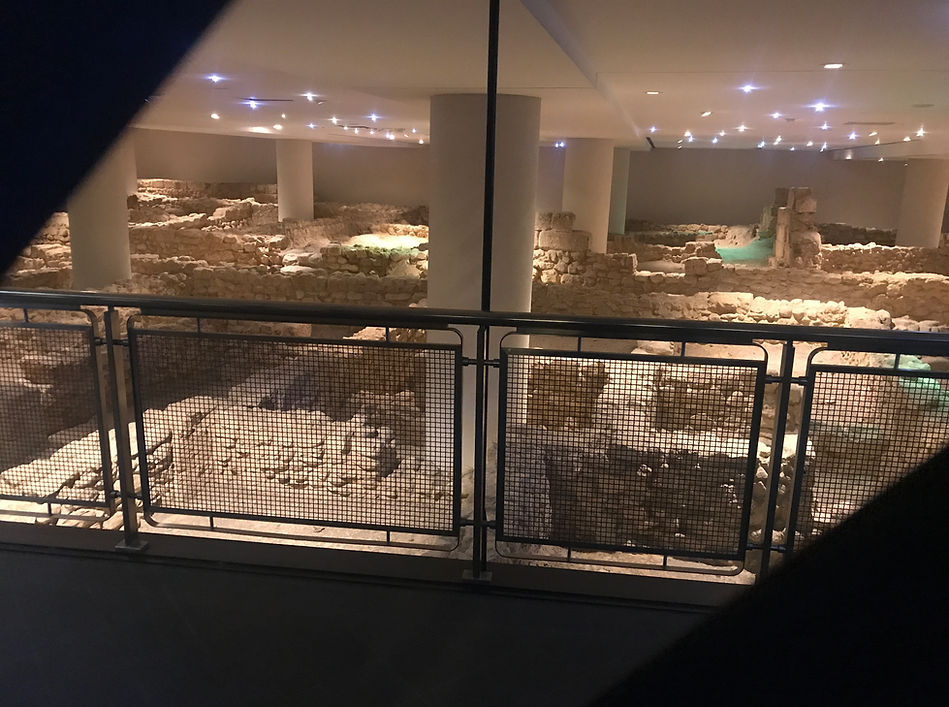
Topography of Terror Museum
Admission: Free
With an aim of tracing the history of Germany in a chronological order, start with visiting the Topography of Terror Museum that captures German history between 1933 and 1945. This complements the historical events that you will explore as part of your visit to the parliament building, Bundestag / Reichstag, which includes an overview from 1918-1933. Topography of Terror provides insight into the horrors of Nazi rule with a particular focus on Heinrich Himmler, head of the SS, and Reinhard Heydrich, founder head of SS.
DDR Museum
Admission Ticket: 13.50 euros, if you have a student card, get a reduced ticket for 8 euros.
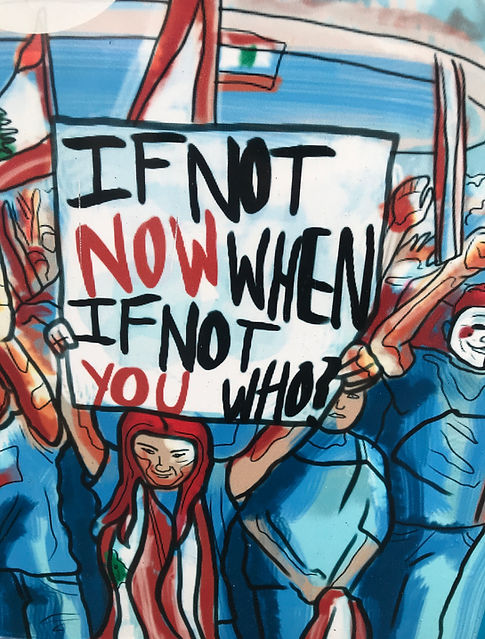
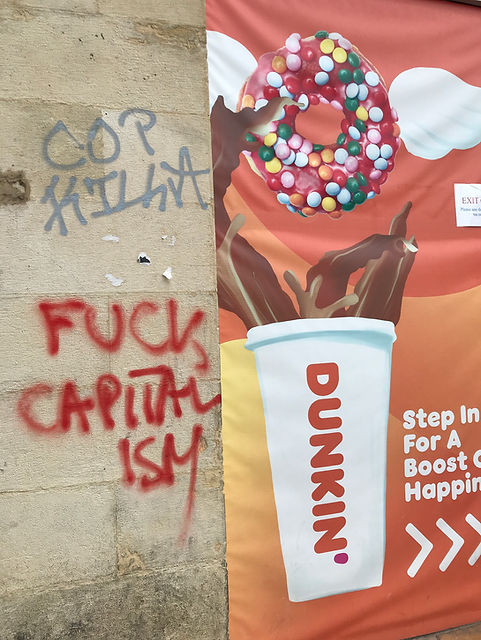
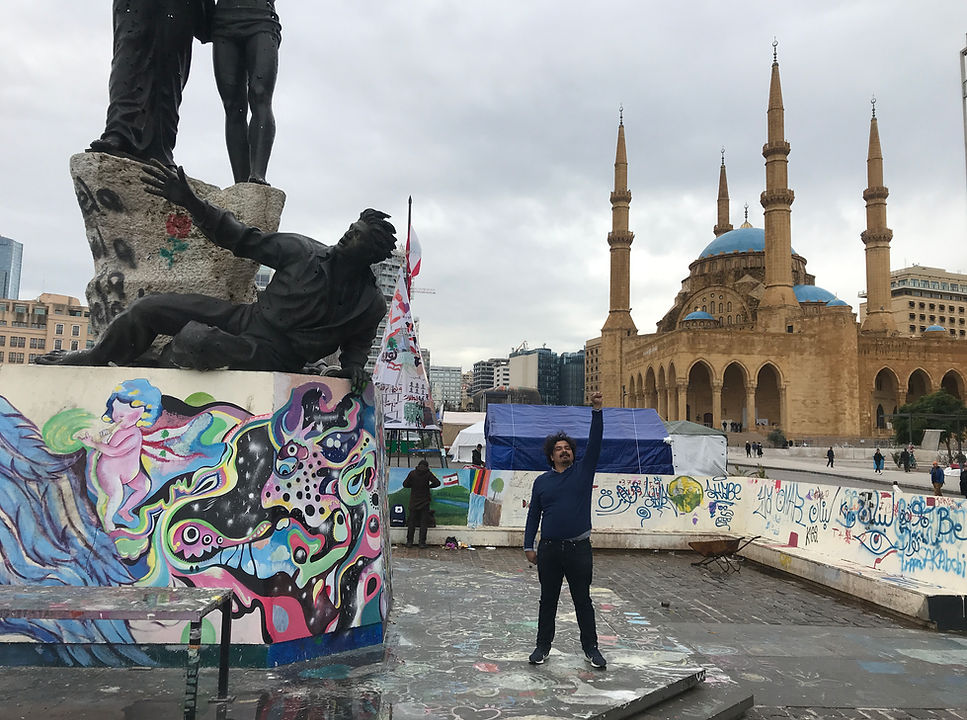
Post 1945, with Germany and Berlin divided into West, under the Allied powers, US, Britain and France, and East, under the Soviet Rule, the DDR museum provides insight into the era under Soviet rule (1945-1989). It takes you on a historical journey through interactive modes, making it an extremely unique and must-have museum experience.
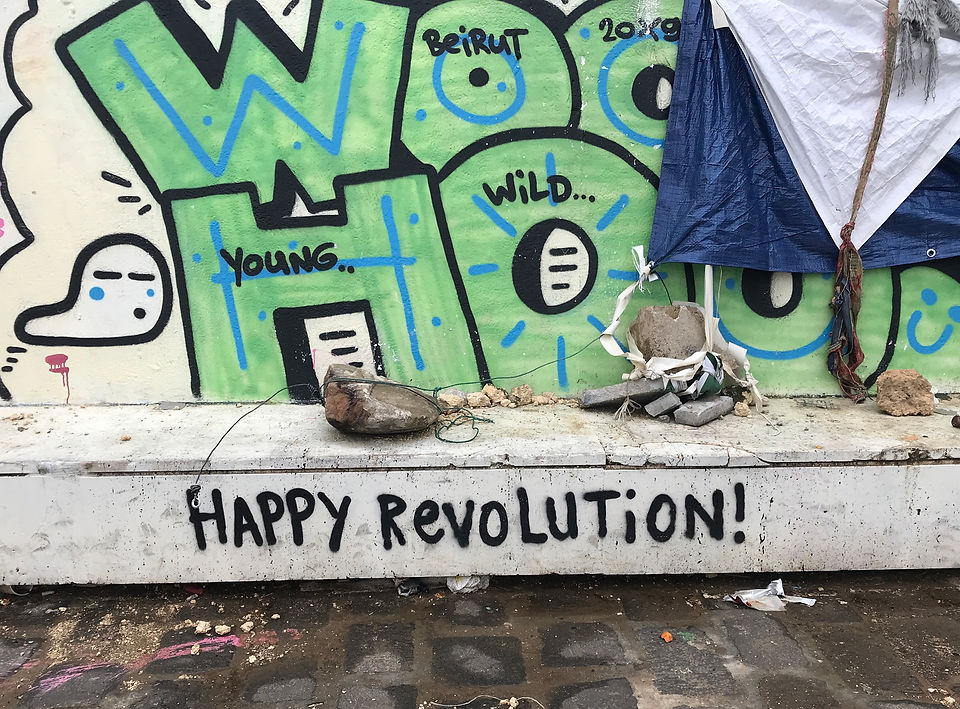
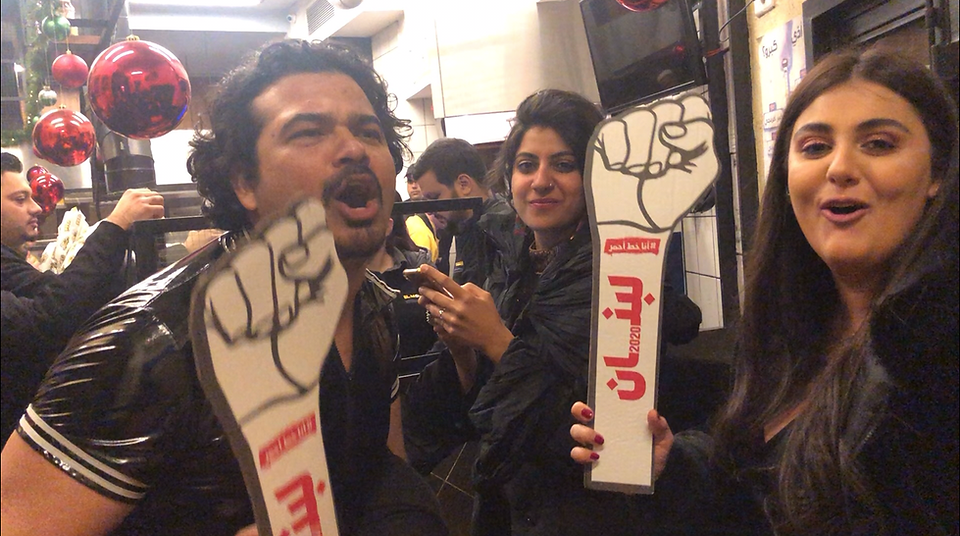
Day 10. Day trip to Potsdam
Located an hour away from Berlin and easily accessible by S-Bahn, visit the former Prussian royal seat, inundated with palaces and gardens. Spend the day getting lost in the beauty, grandeur & history!

